
A visit to Frombork
Especially for you, a fragment of a great concert from the Frombork Cathedral :) This is just the beginning :))
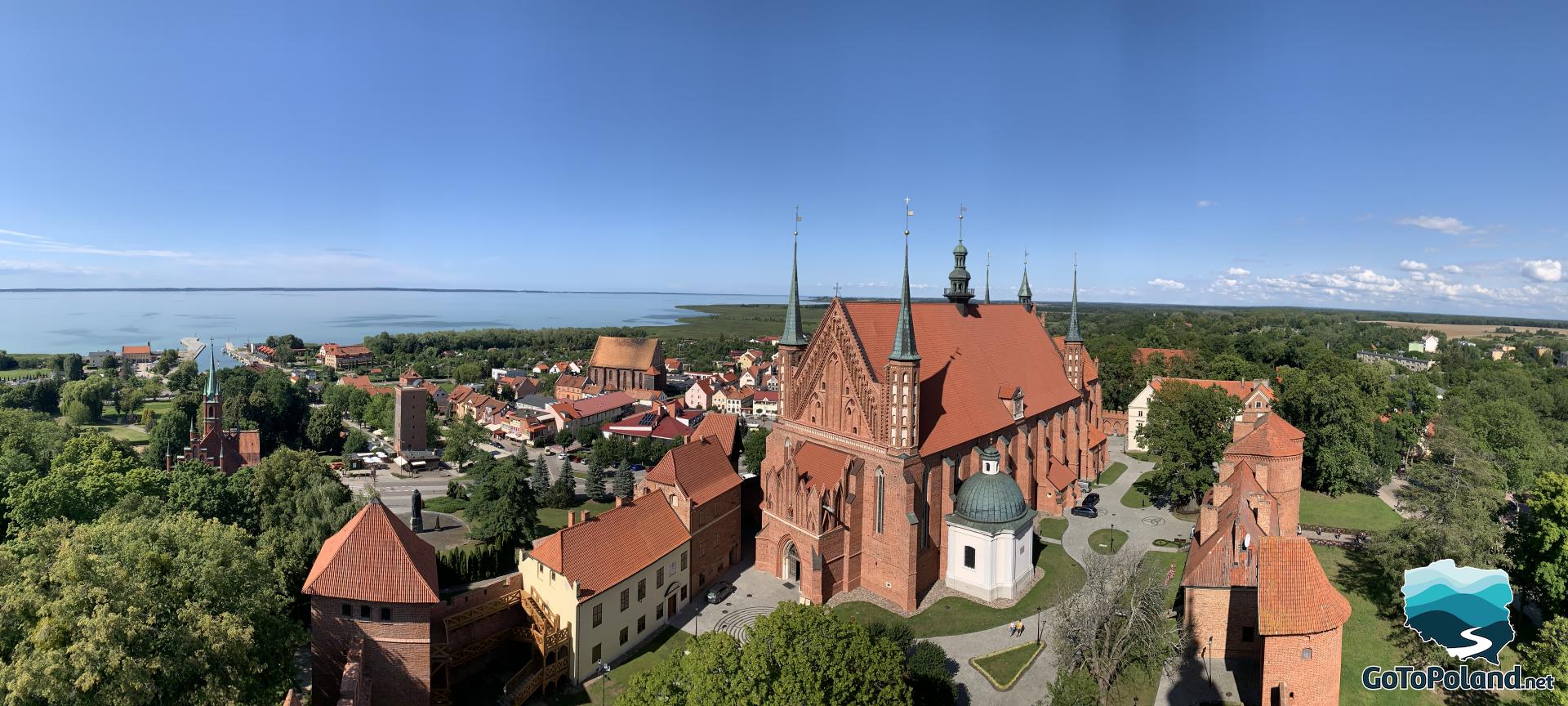
The idea of visiting such a small town was born in my mother's head. Frombork is located about 140 kilometers from Olsztyn and because of the remains of Nicolaus Copernicus buried there, I said why not .... Let's go.
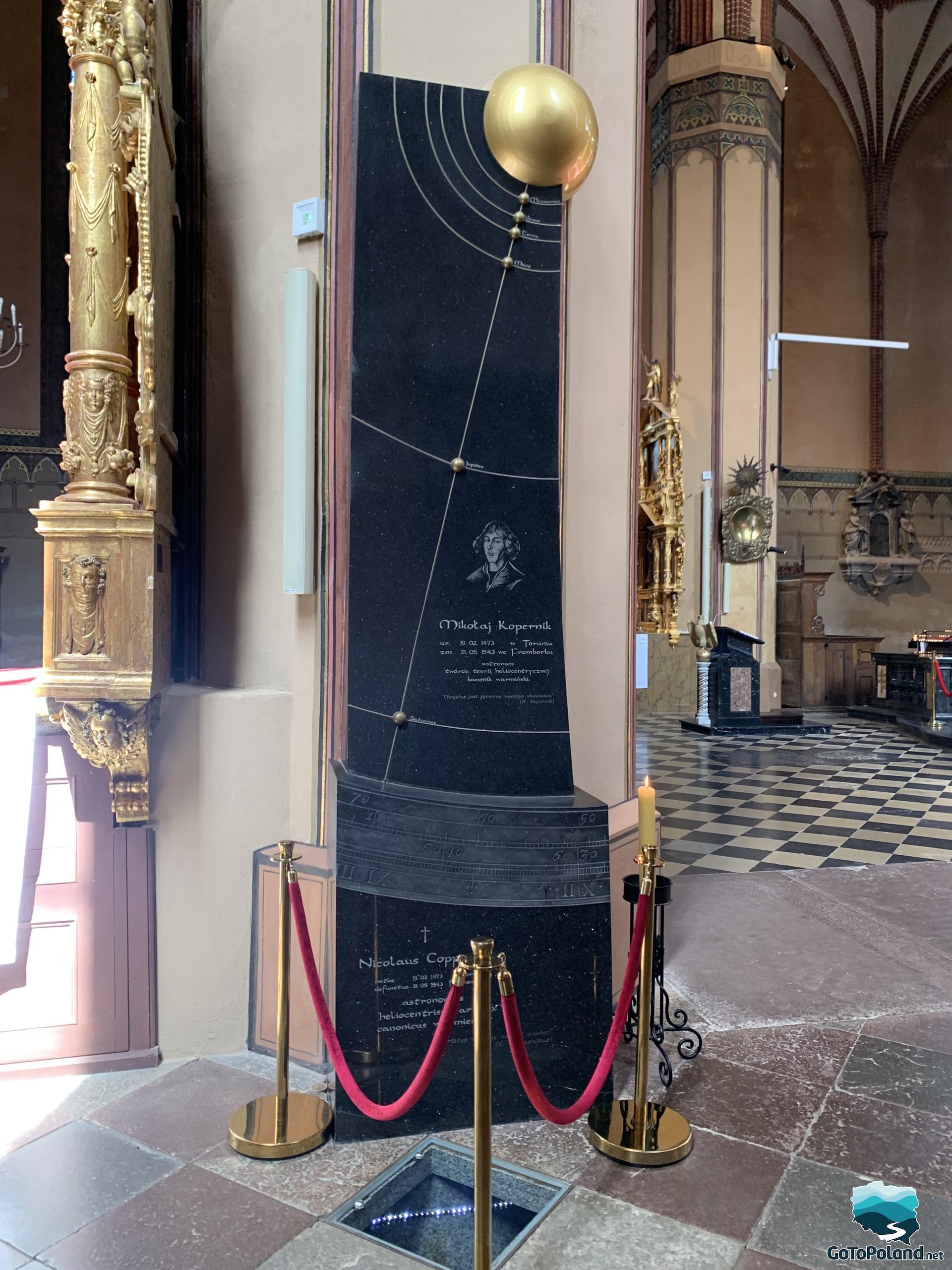
I carefully prepared the itinerary of our trip (without unnecessary breaks) and honestly I thought that we would see everything in a much shorter time. After all, Frombork is famous mostly for its Cathedral Hill, so how long you can visit the Cathedral? 2-3 hours will definitely be enough. But like almost always, when it comes to trips, I was wrong. It turned out that we spent the whole sunny and wonderful day in Frombork and returned home late in the evening.
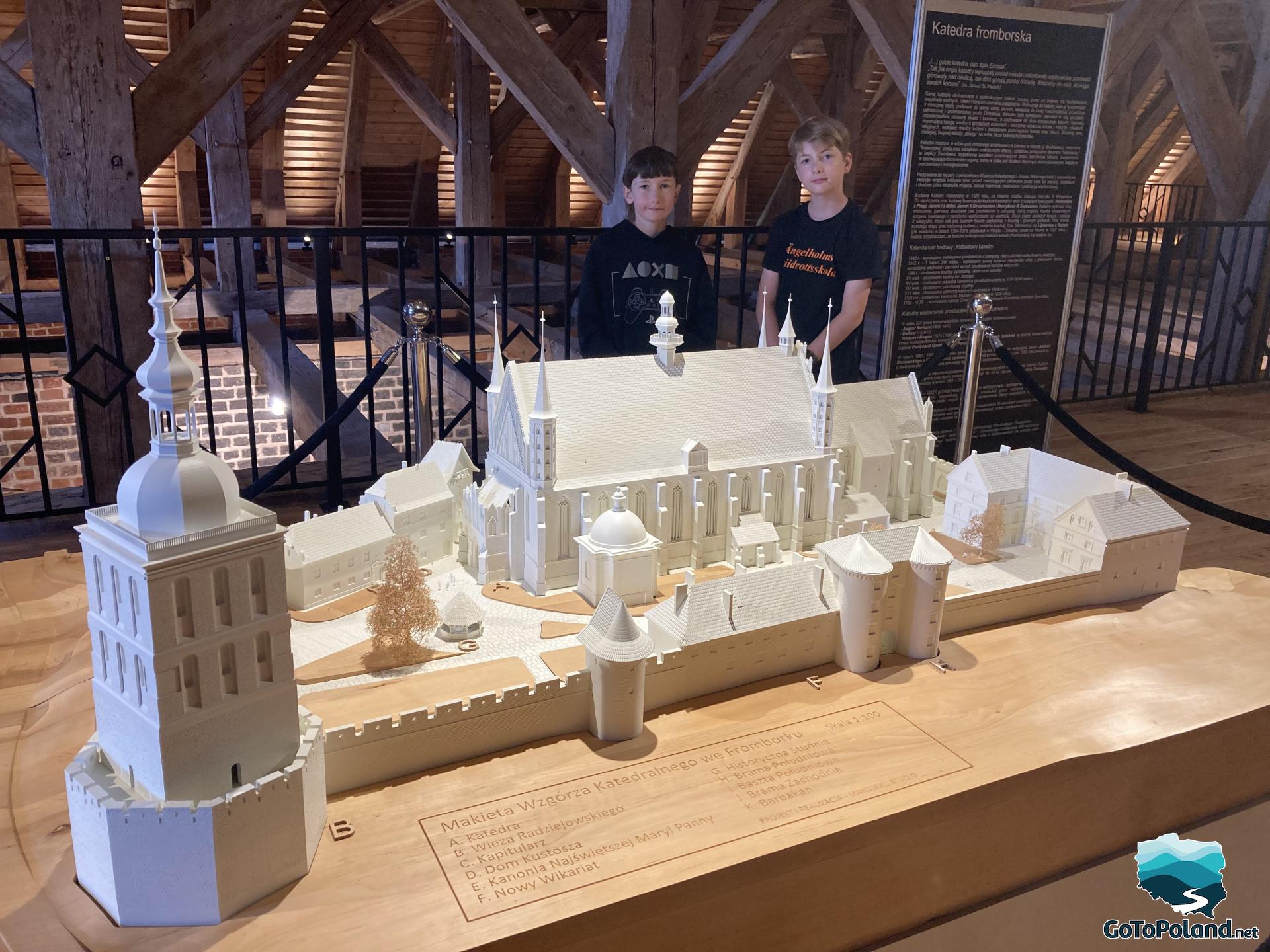
The main attractions include: New Bishop's Palace, the unique Hospital of Holy Spirit (why unique?…. Look at the photos below - I explained everything there) and the Cathedral, where we listened to an incredible organ concert, discovered the secrets of the treasury and the attic. Than we climbed the Radziejowski Tower, where we were hypnotized for a few minutes by the moving Foucault Pendulum. We also ate a delicious homemade dinner, went to the port, to the pier and ……. for a beer :)
How far is it from Warsaw to Frombork?
The distance from Warsaw to Frombork is 315 km.
How far is it from Olsztyn to Frombork?
The distance from Olsztyn to Frombork is 140 km.
See the report from this trip :)
Heading from a car park to the Cathedral Hill in Frombork, we came across an obelisk in honor of the heroes and fighters of the fight for freedom and independence of Poland, founded by the inhabitants of the Frombork land. Behind the memorial stone there are crosses with the names of soldiers murdered in Katyn in 1940.
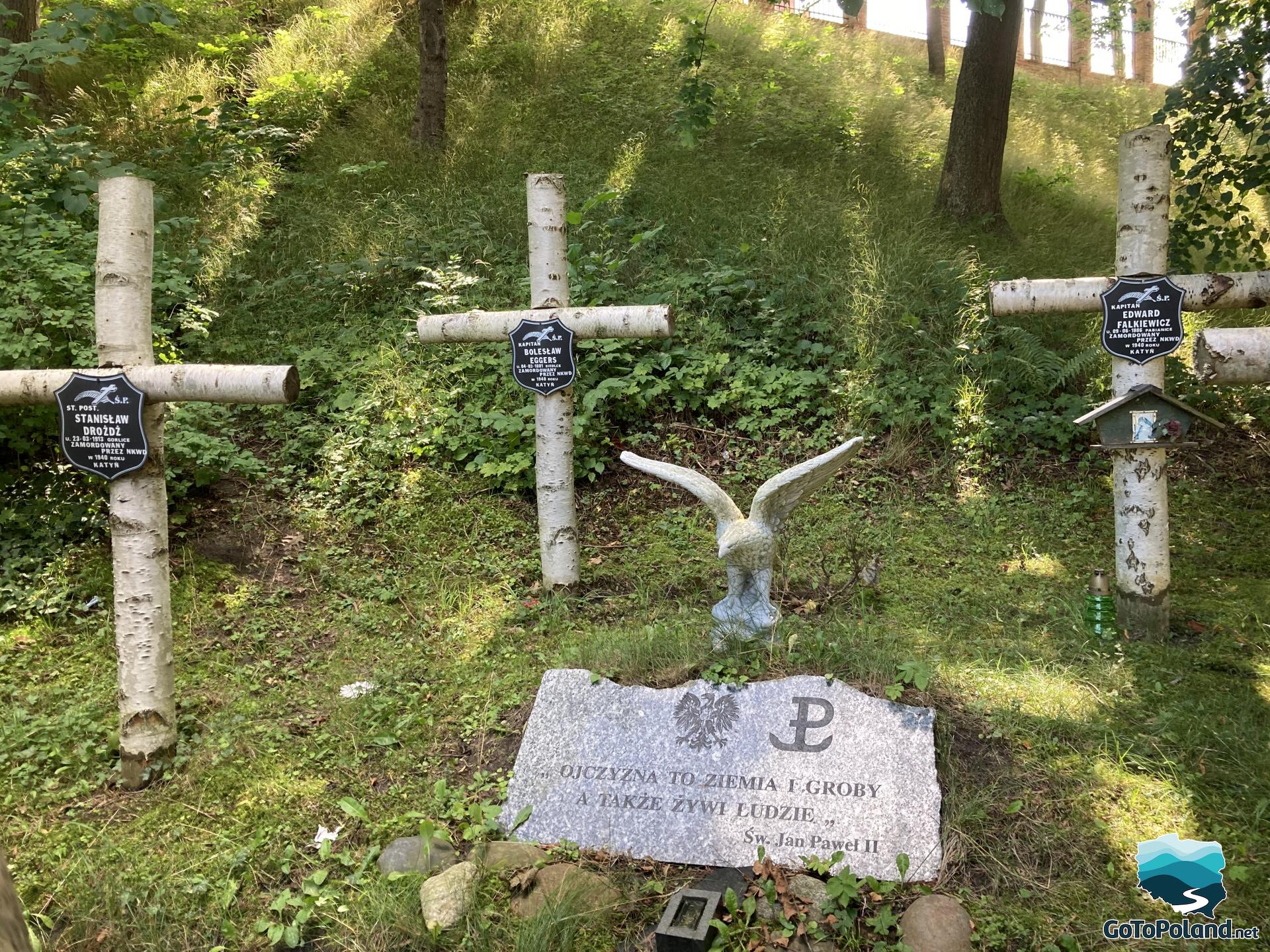
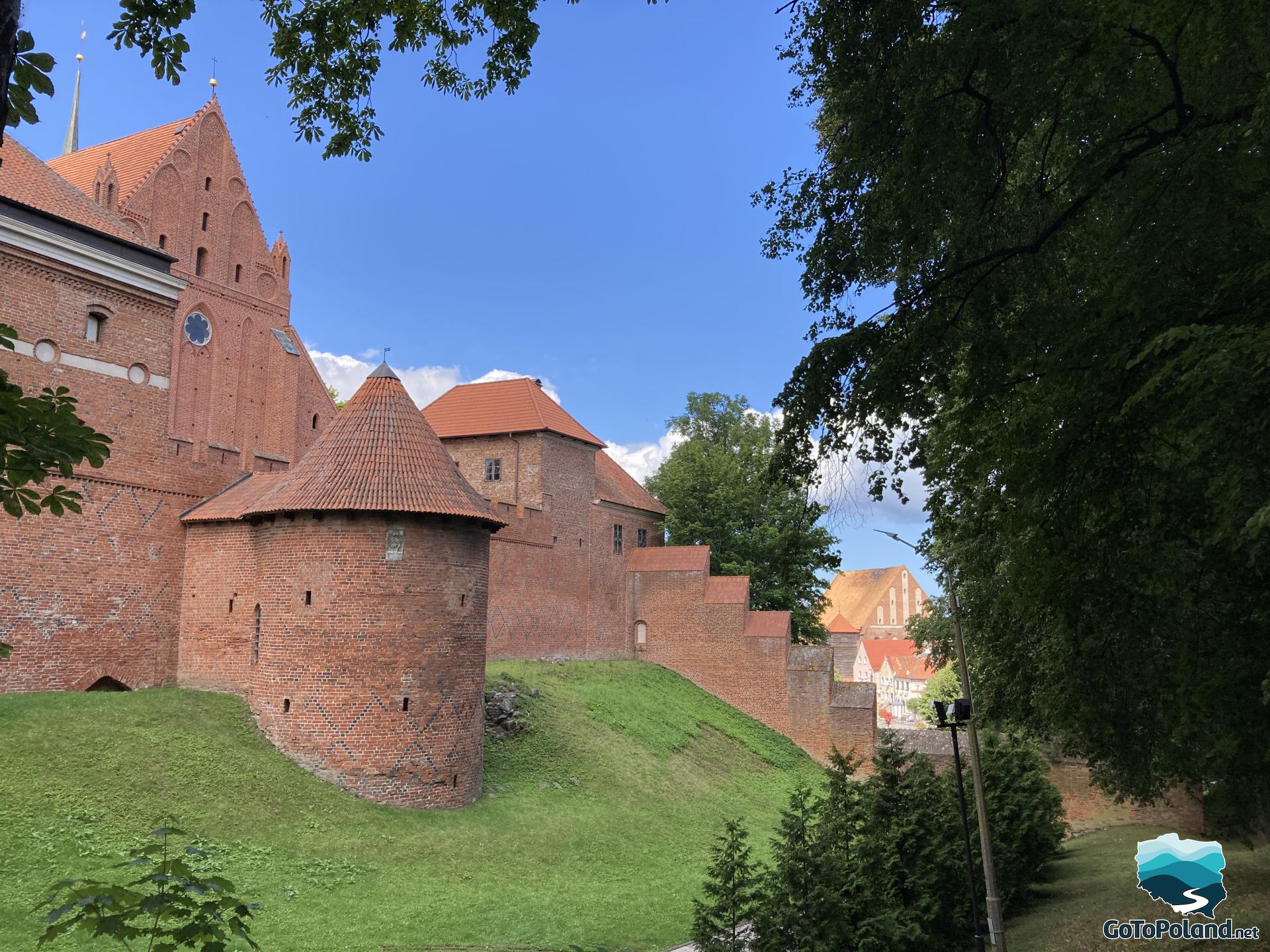
Our first stop was at the New Bishop's Palace and the Coach House. A gallery, meeting room and workshops were arranged in the coach house. The main role of this place is to be a place of creative work for artists, adepts of art and various crafts.
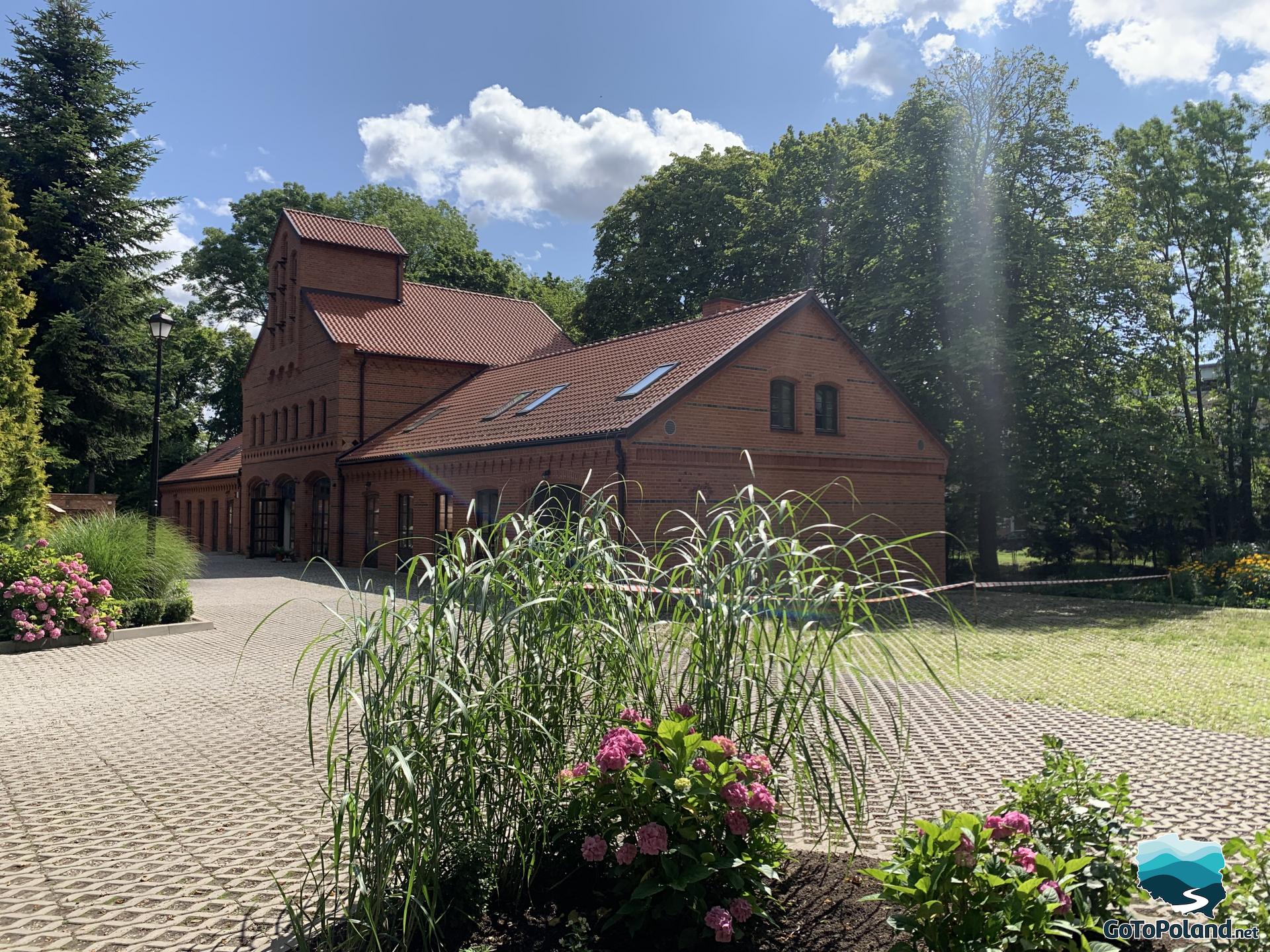
The new Bishop's Palace was built in 1844-1845, during the reign of Bishop Józef Ambroży Geritz. It was built of brick in the neo-gothic style. On the ground floor there is, among others, a bishop's chapel. On the first floor are the main representative rooms decorated with wood panelling, decorative tiled stoves and stained glass windows. Since 1945, the New Bishop's Palace has been the cathedral's presbytery. Currently, we can visit some of the palace rooms: the Blue Salon, the Fireplace Salon, the Library, the Cabinet and the Pope Grzegorz's Salon. They were prepared to present the history of the palace and its inhabitants to visitors.
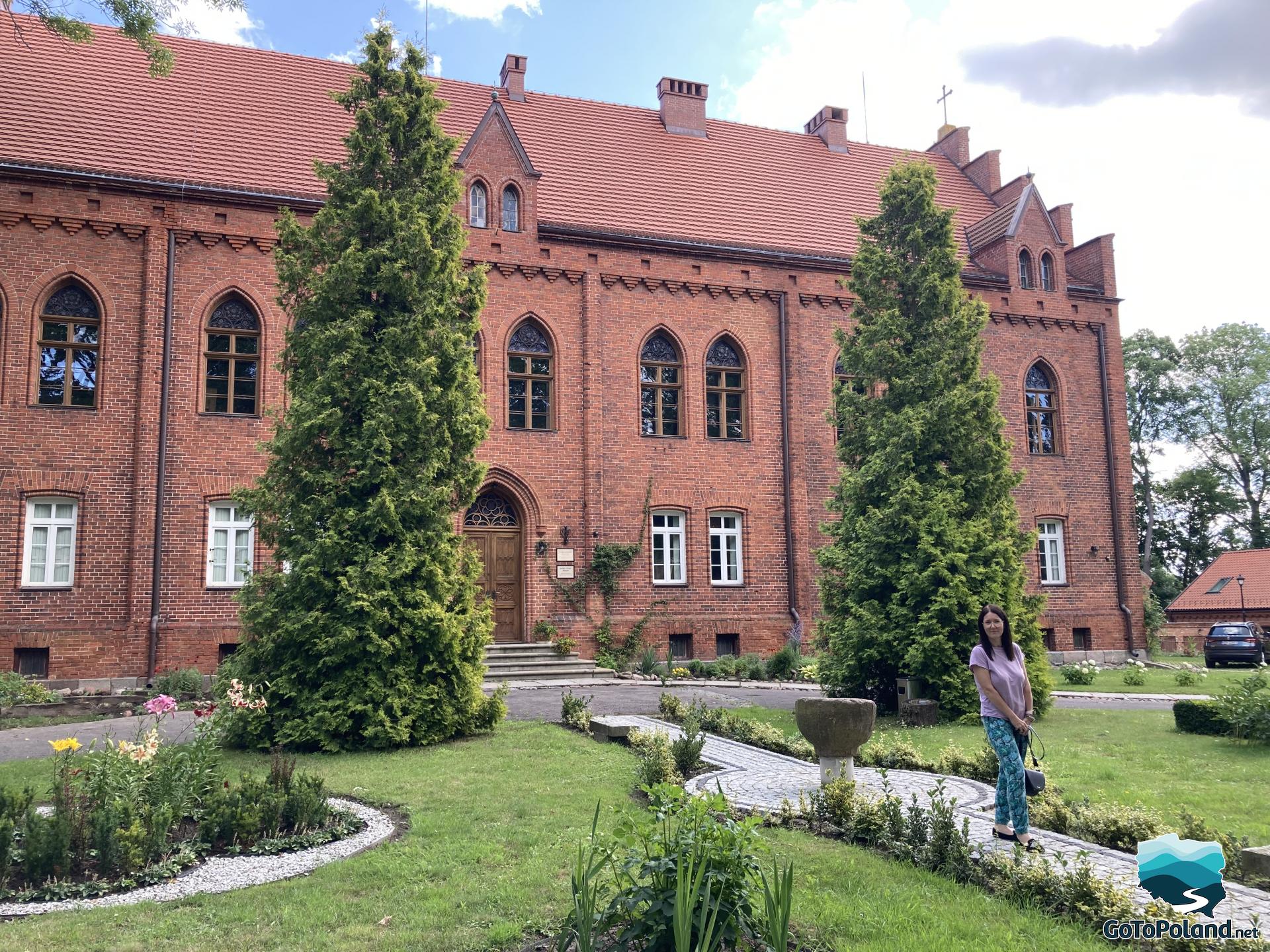
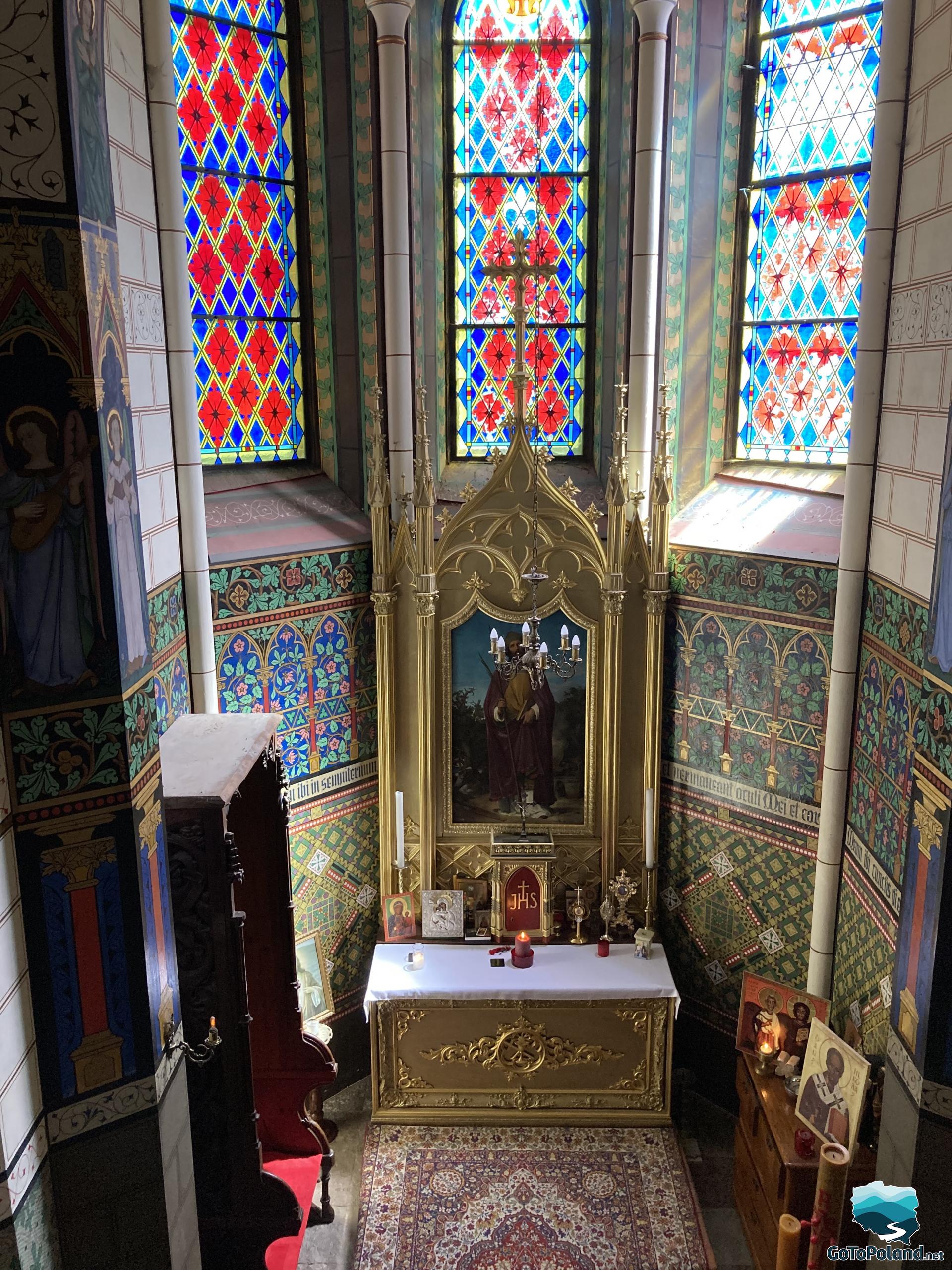
I think that the biggest attraction of the palace are the tiled stoves presenting the neo-gothic and classicist styles. Their finials include mythological and ancient scenes, motifs of acanthus leaves, grotesque and arabesque motifs. The tiled stoves were made of white, glazed tiles. Their height ranges from 2.80 to 3.50 meters. The tiled stoves were founded in the years 1844-1845. Their constructor was the Berlin company of Tobias Christoph Feinler. In the years 2019-2020, the tiled stoves underwent conservation work and supplemented of defencities. They are now fully functional.
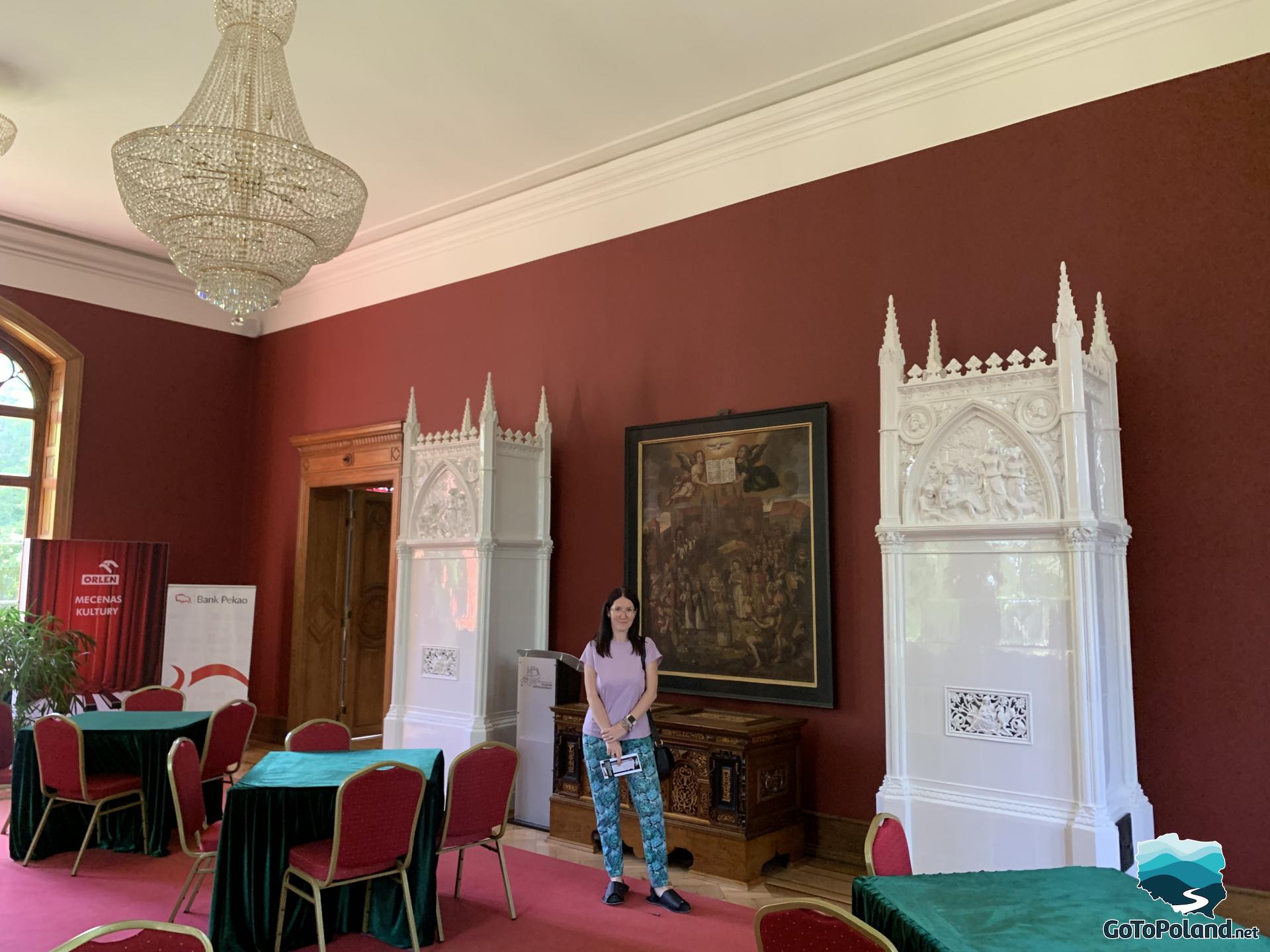
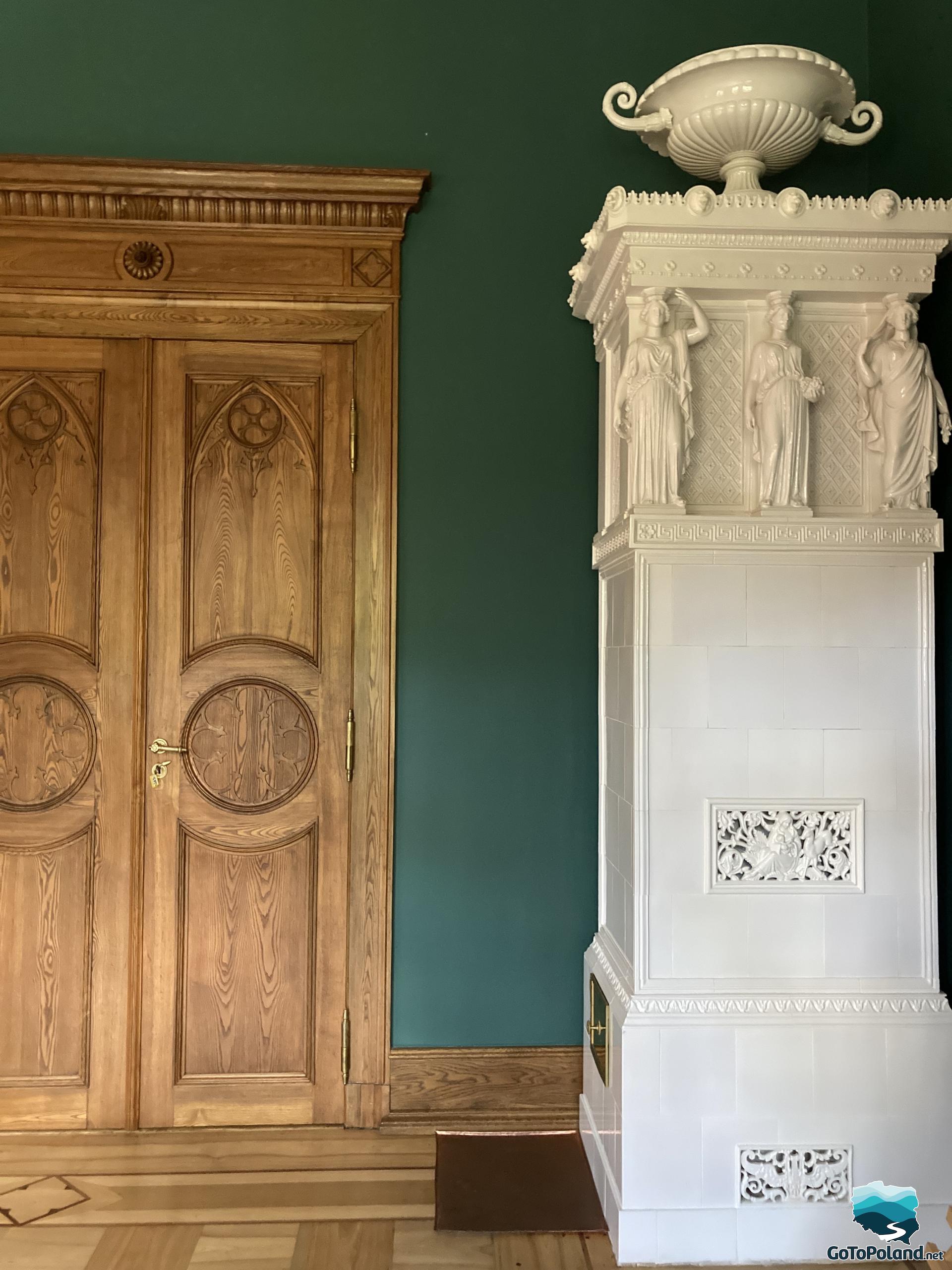 | 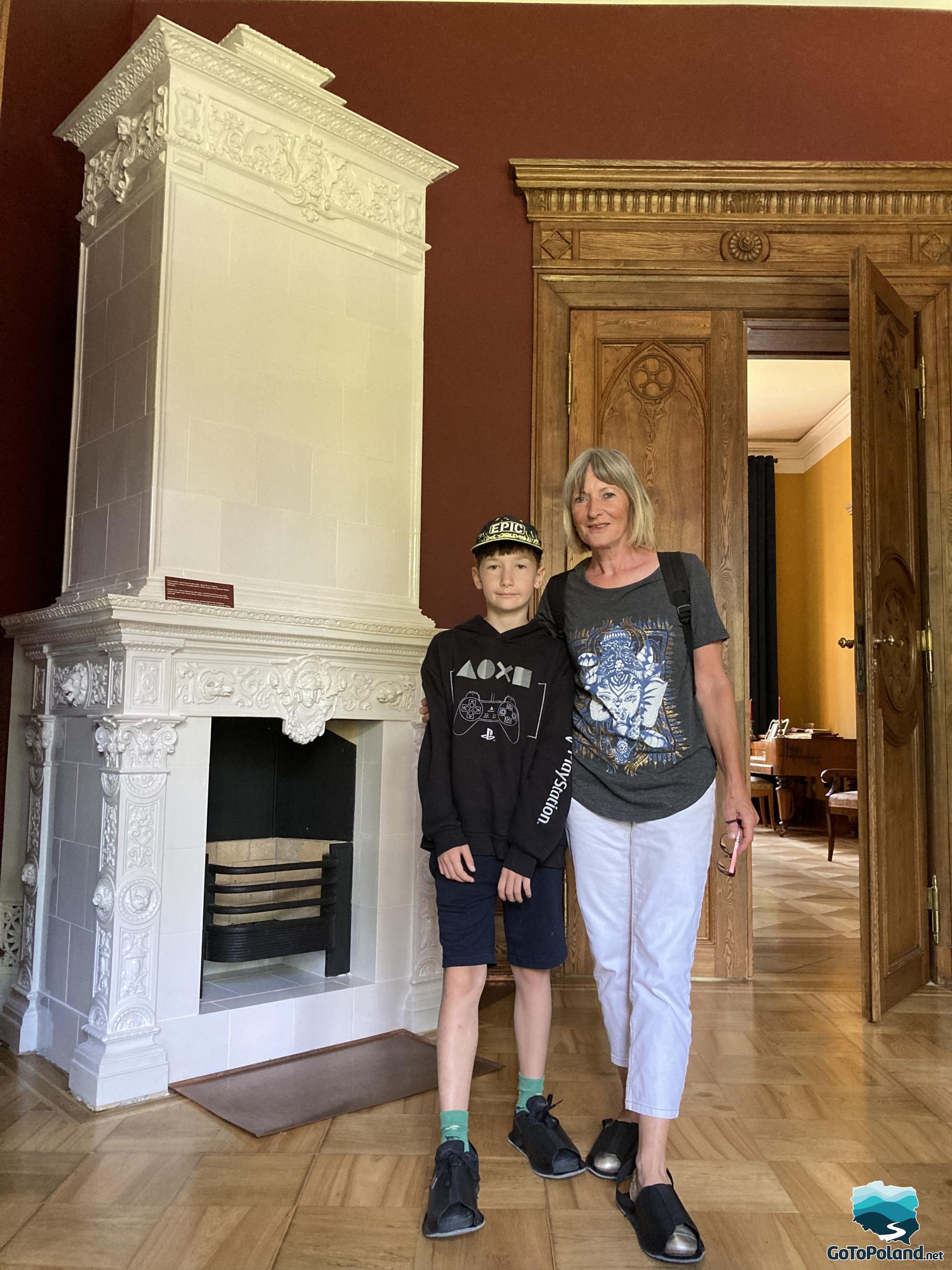 |
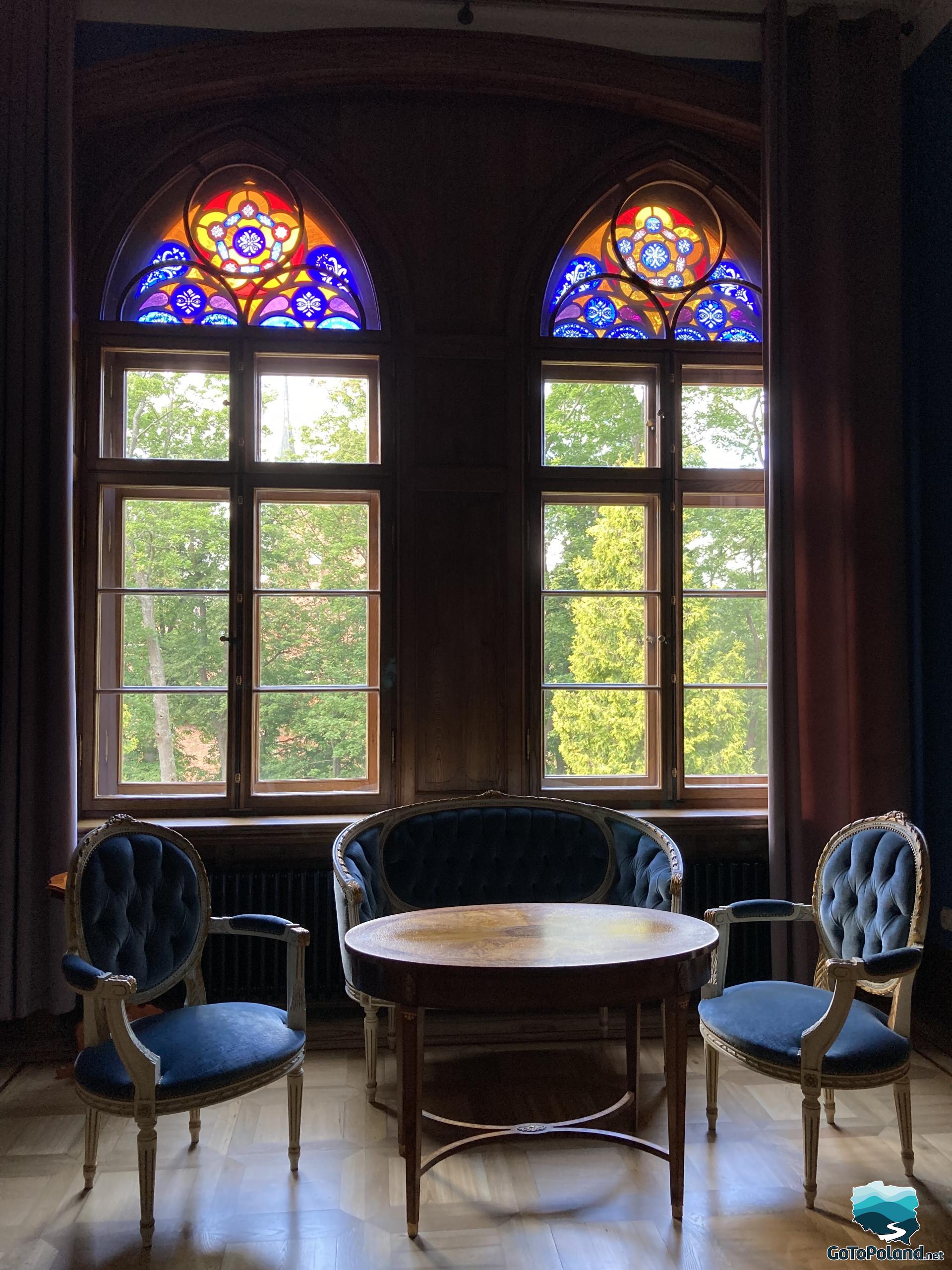 |  |
The complex of the Hospital of the Holy Spirit and the chapel of St. Anna is the only historic hospital building in Poland that has remained unchanged since the first half of the 18th century. The complex consists of a Gothic chapel and a Gothic-Baroque hospital and is situated in the eastern part of the city, surrounded by a herb garden. The building housed rooms for the sick and the dining room, kitchen and pharmacy. Inside, there is also a very valuable set of polychromes, mainly Gothic.
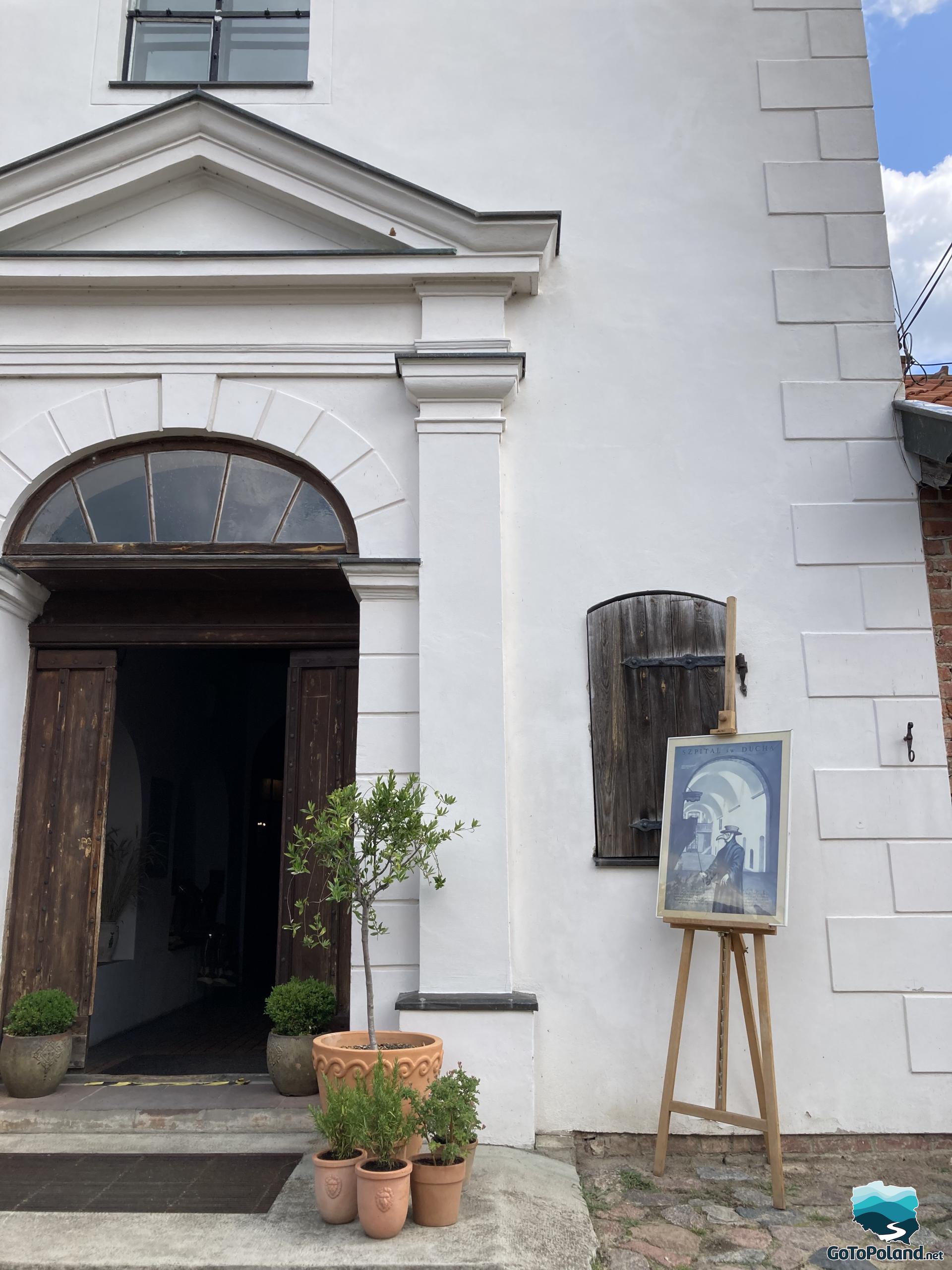
Currently, it is a place of exhibition of medical monuments and temporary exhibitions related to the subject of death, diseases or corporeality.
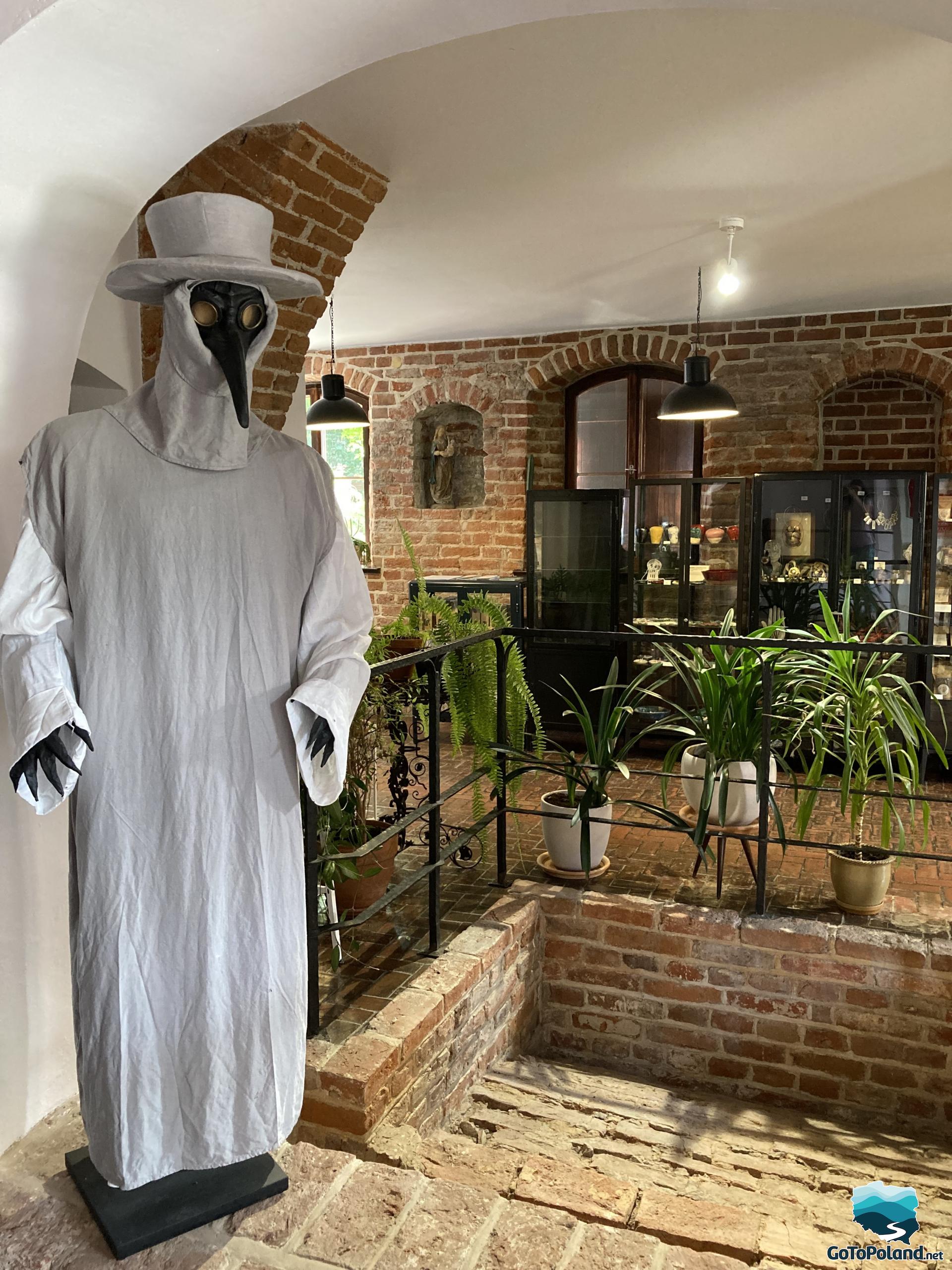
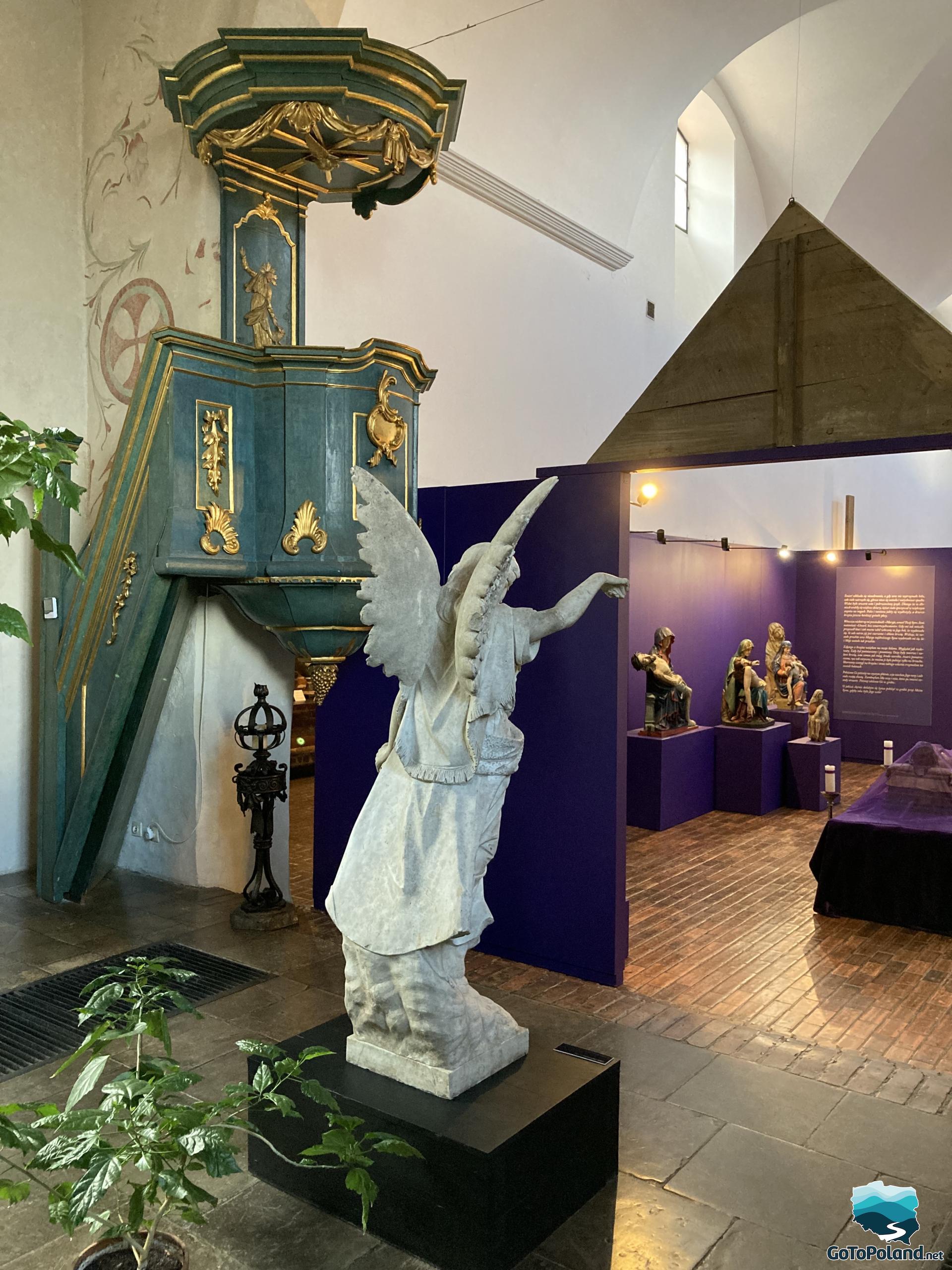
At the temporary exhibition of the "Corpus Christi" we can see, among others, Ecce Homo (the 17th-century painting from the church in Stary Targ), Pensive Christ (the 15th-century sculpture from the church in Mątowy Wielkie), the 16th-century crucifix from the church in Garbno, the 18th-century paintings of Our Lady of Sorrows and St. John from the collegiate church in Dobre Miasto, the 15th-century sculpture of the Virgin Mary with the Child, the Pieta from the Museum of the Warmia Archdiocese in Olsztyn (15th century). The “Corpus Christi” exhibition will run until February 2024.
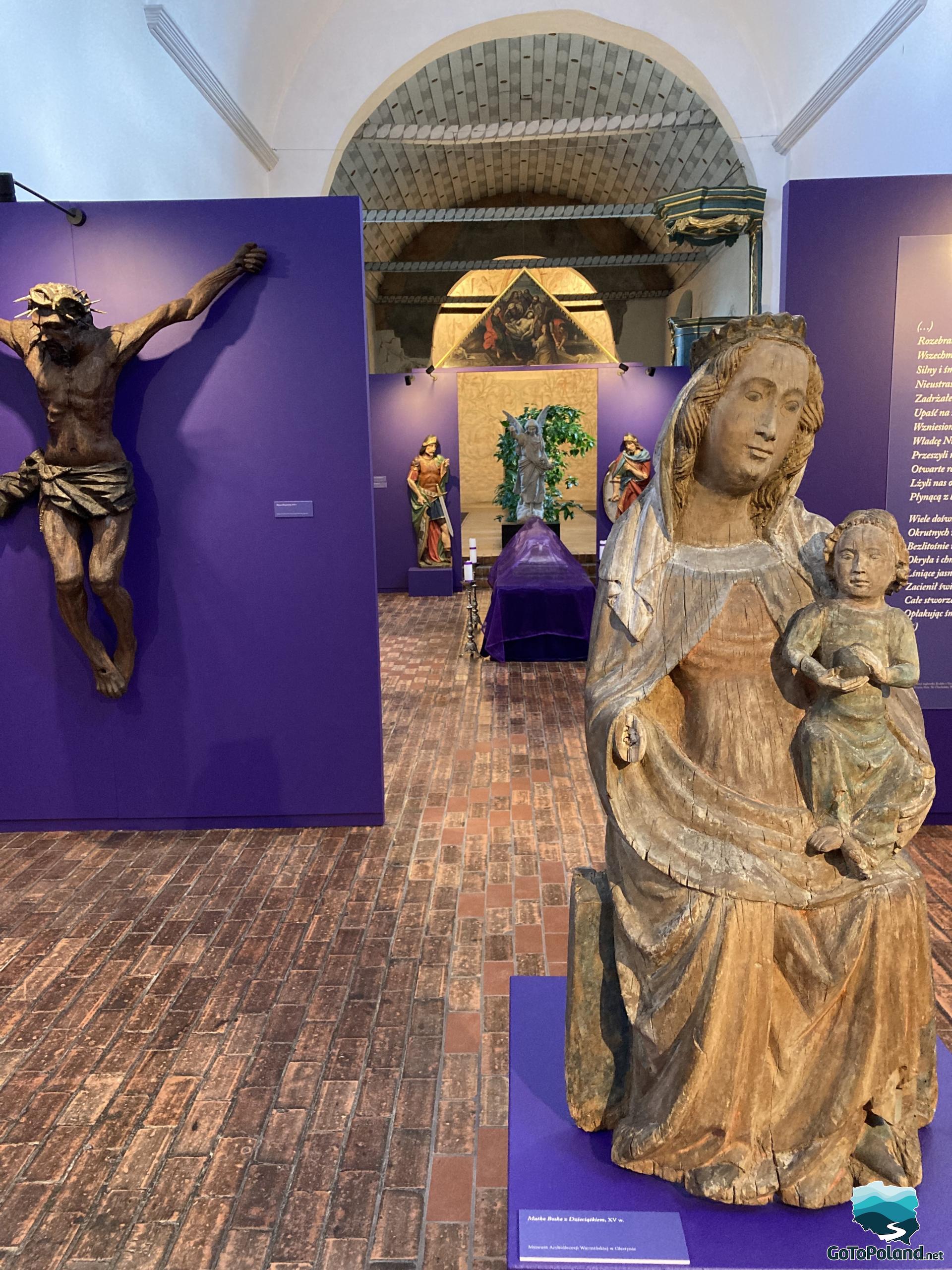
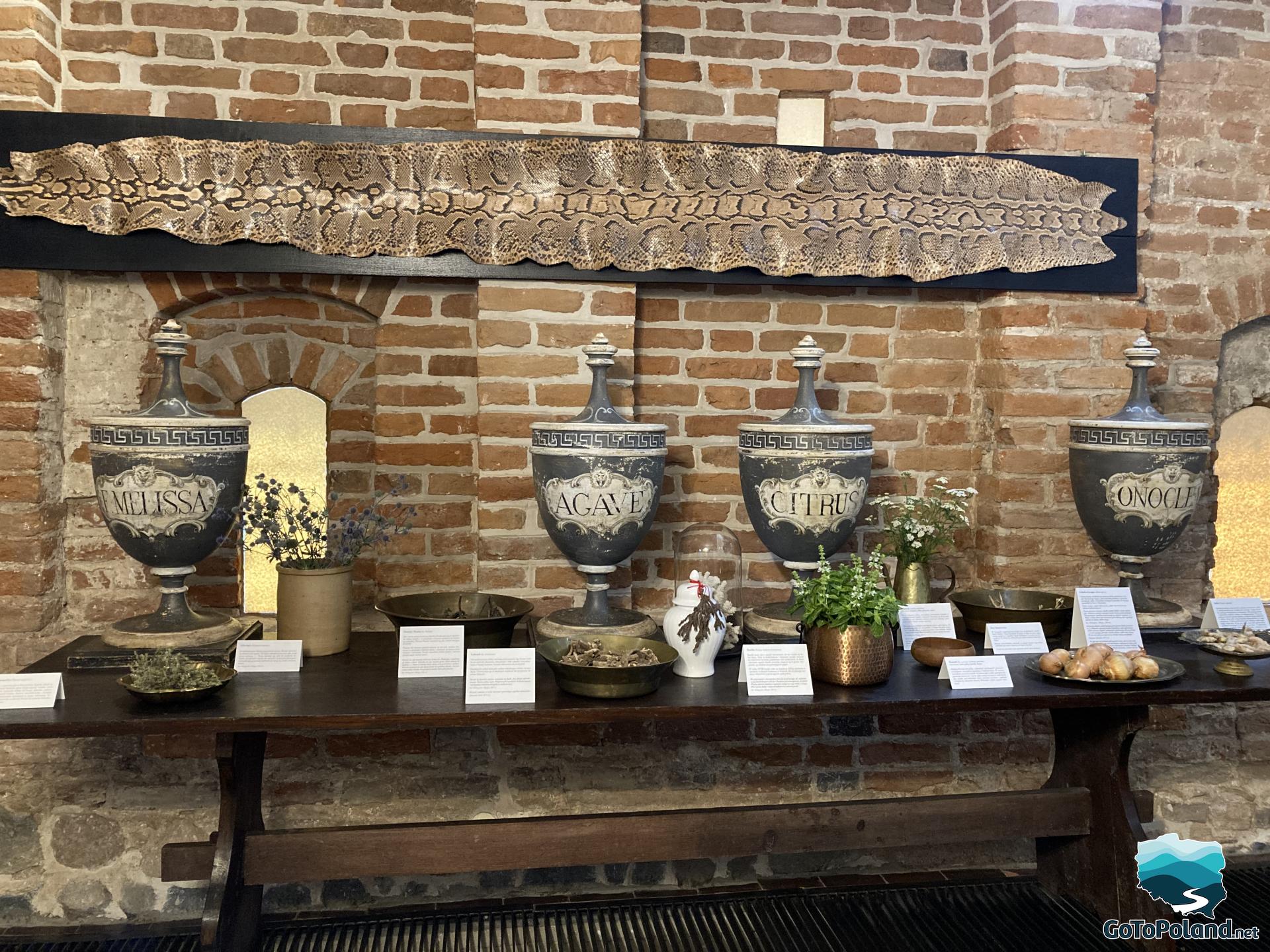
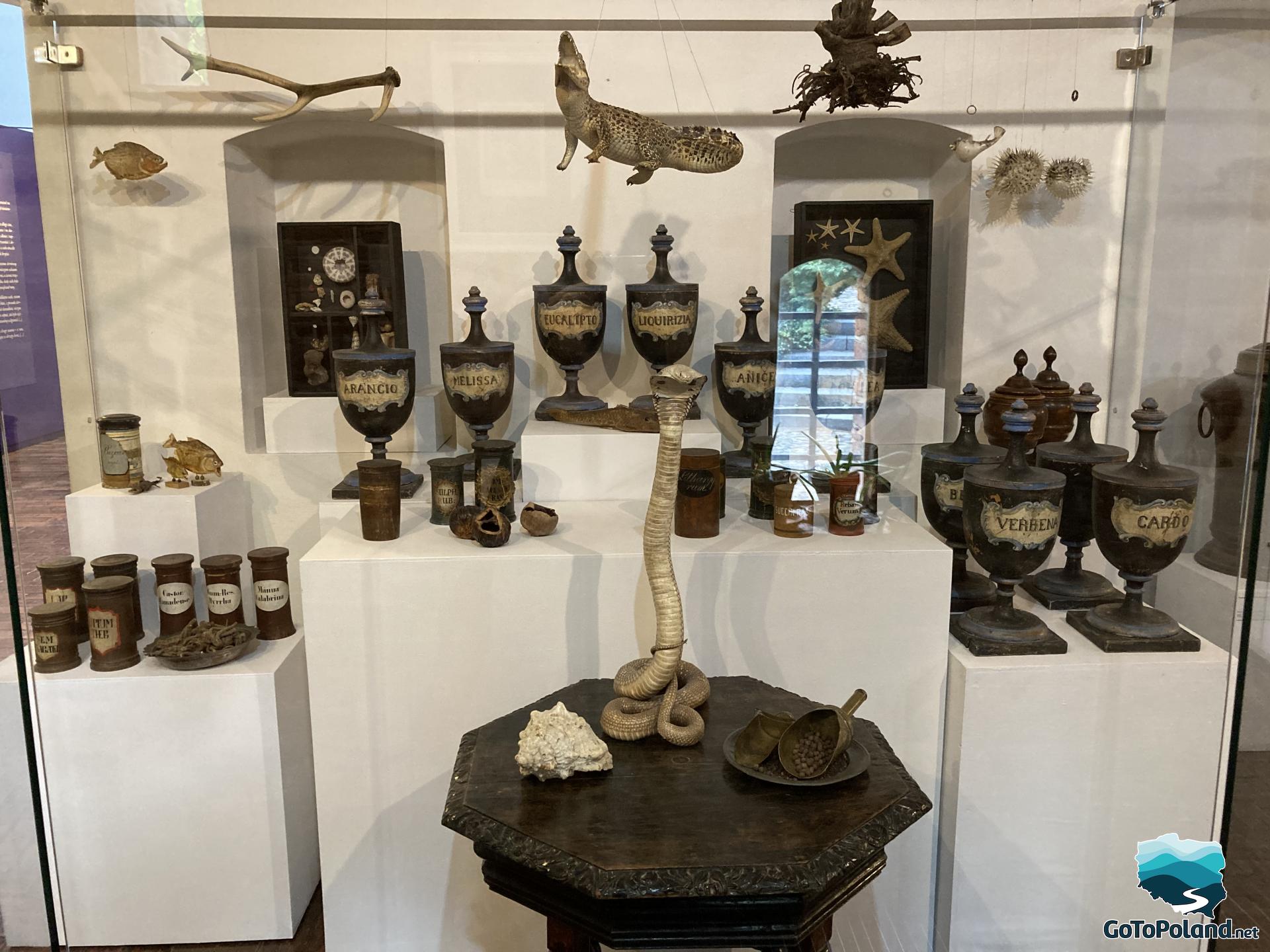
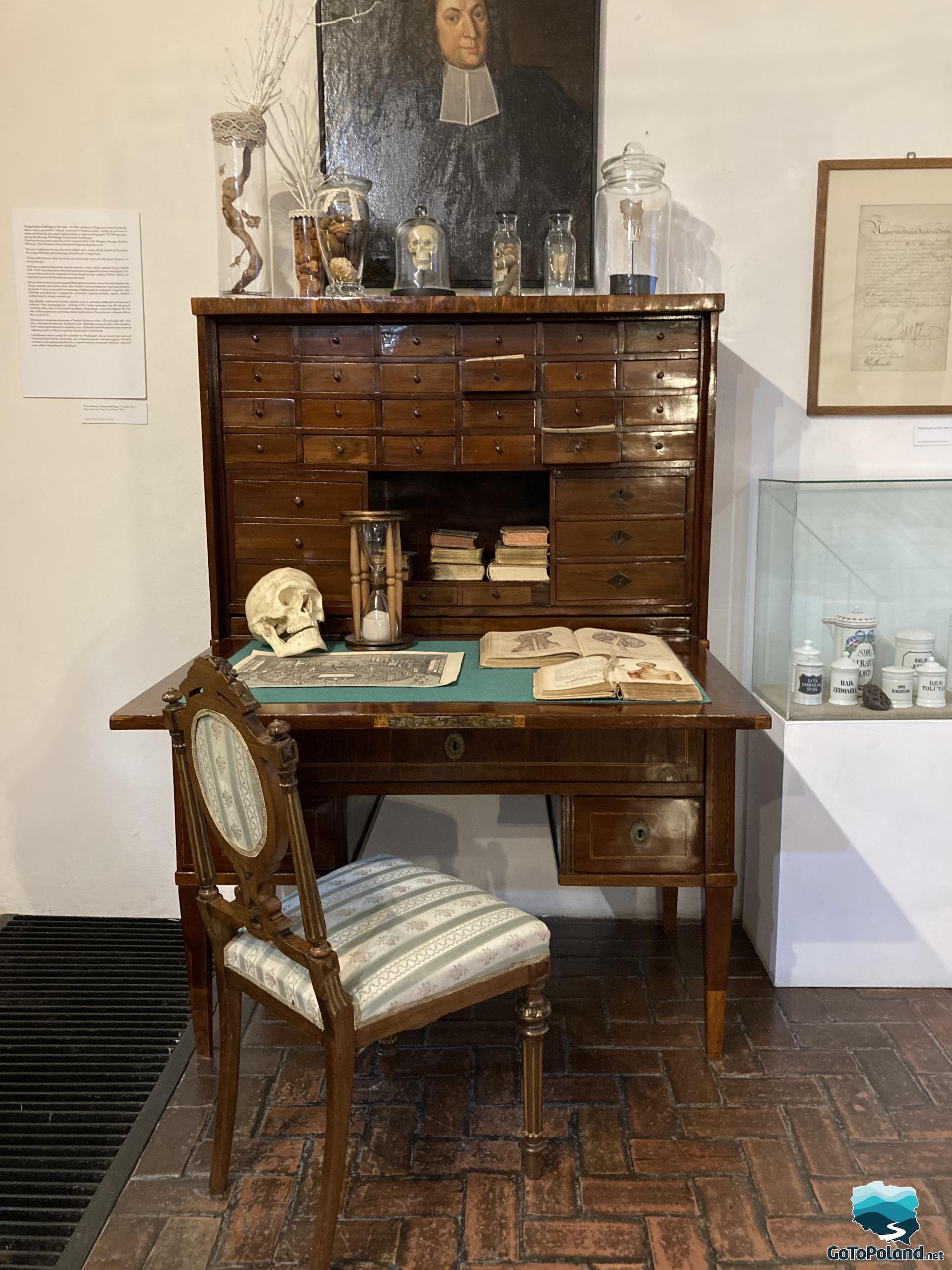
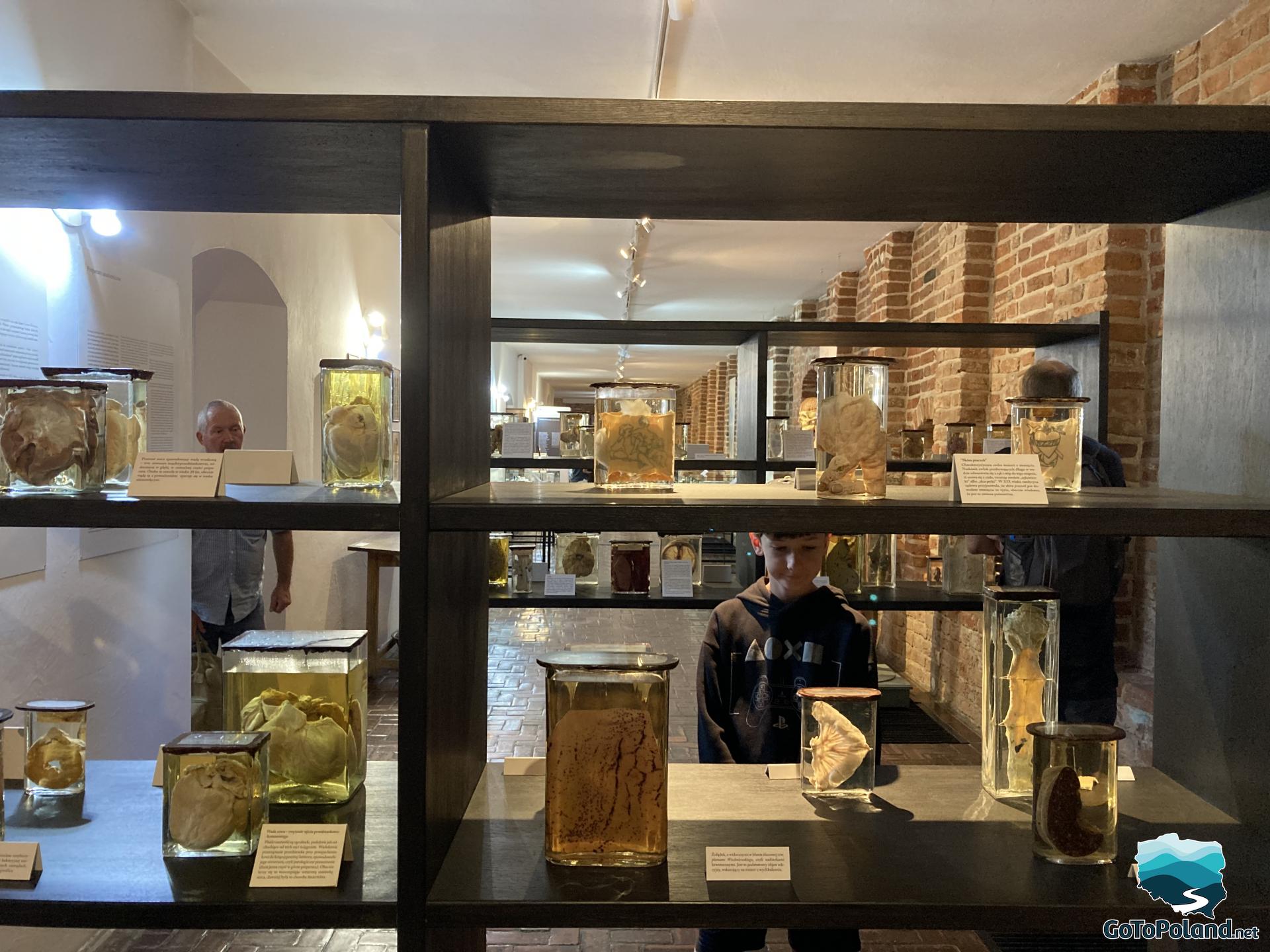
 | 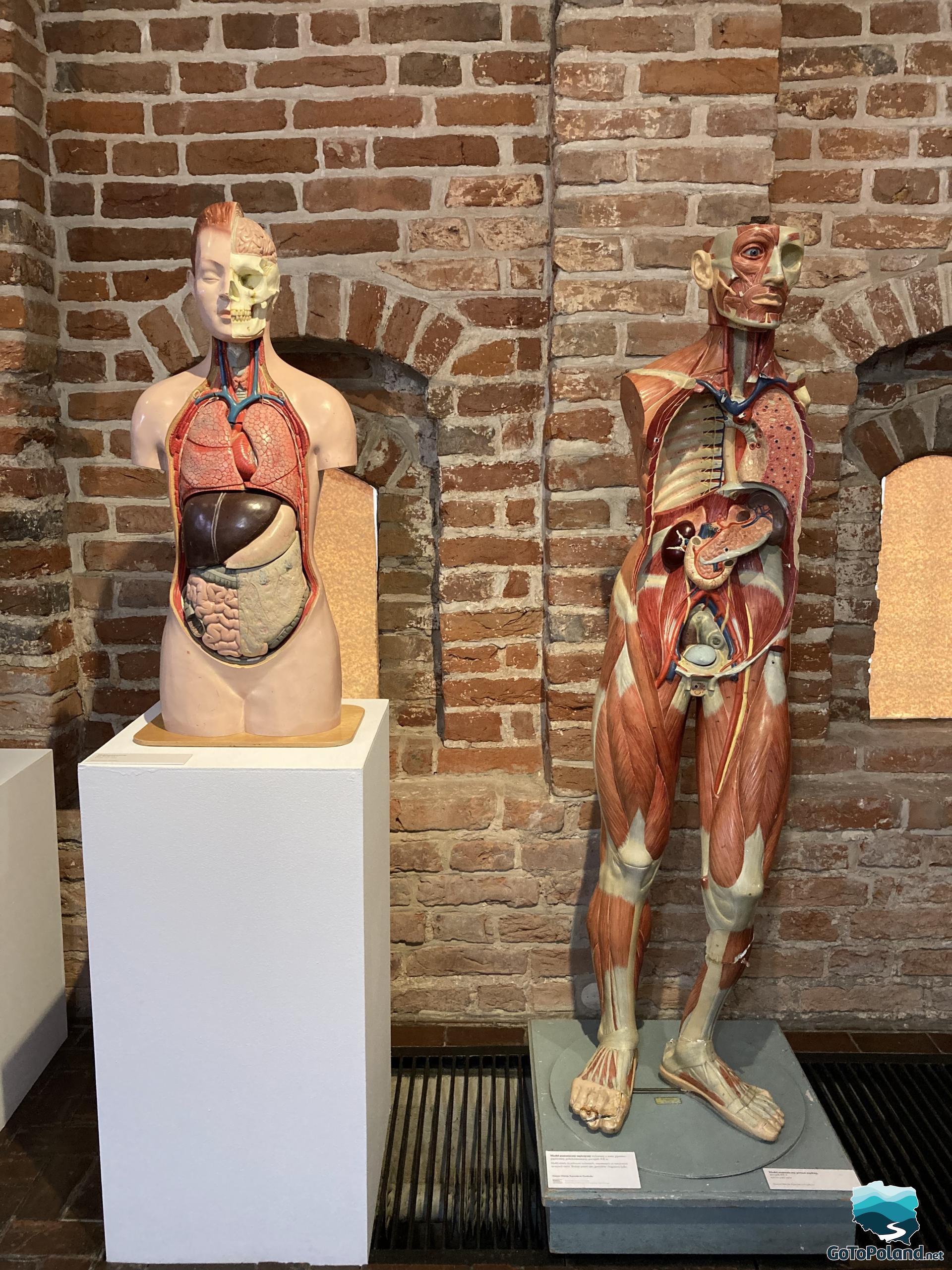 |
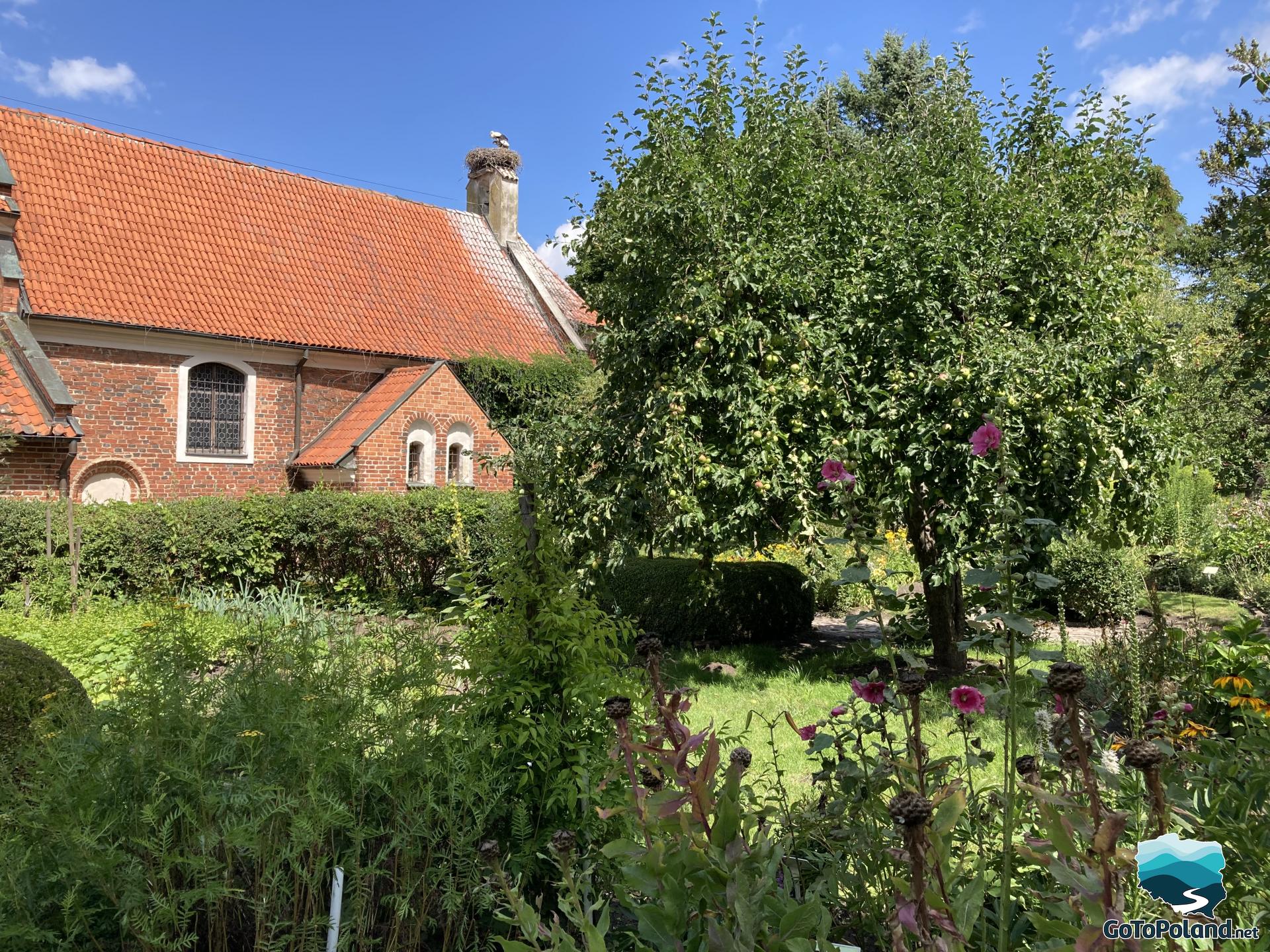
Finally, we are heading to the Cathedral Hill :)
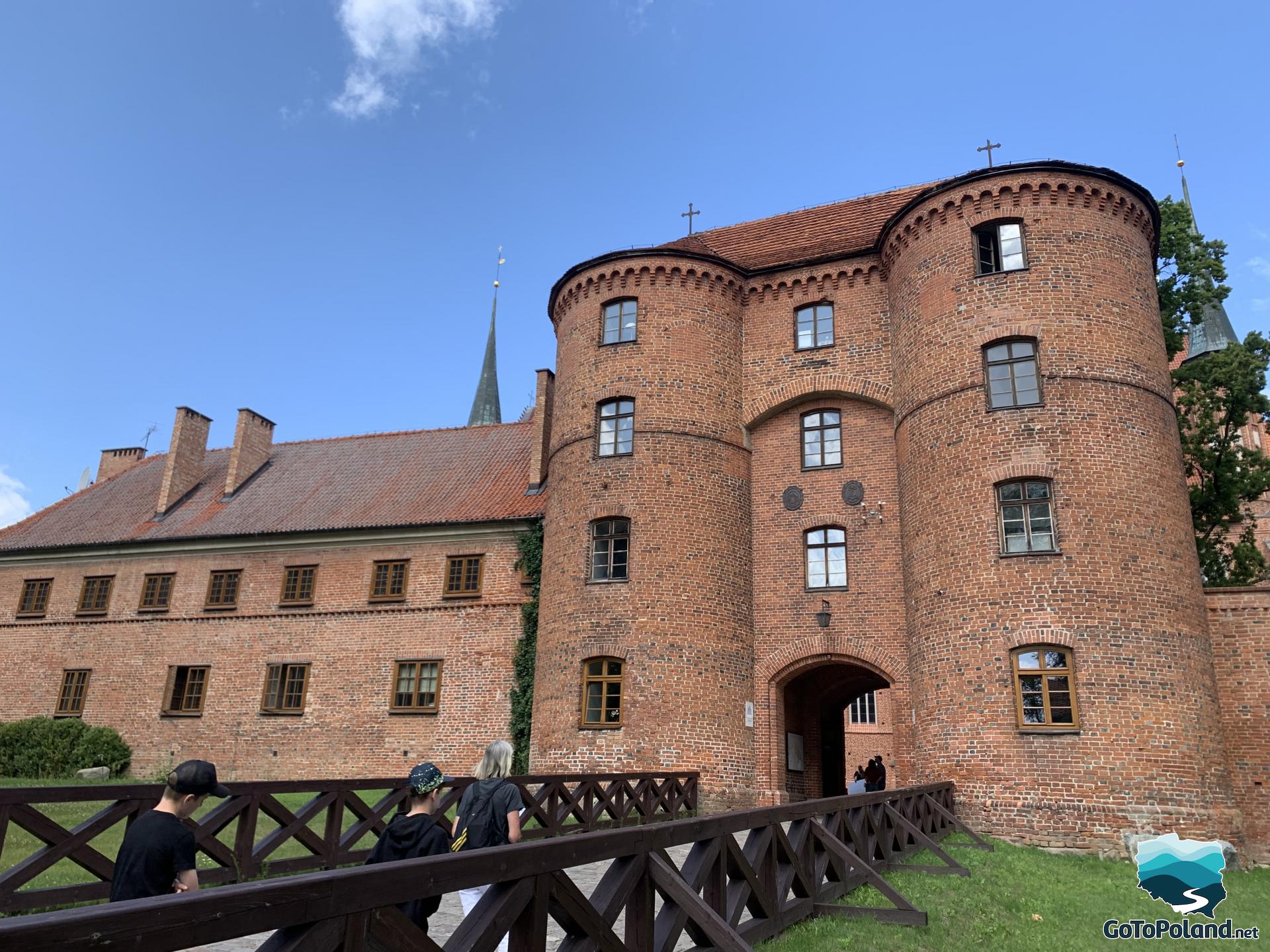
Before we went the Cathedral Hill, we saw the great Radziejowski Tower.
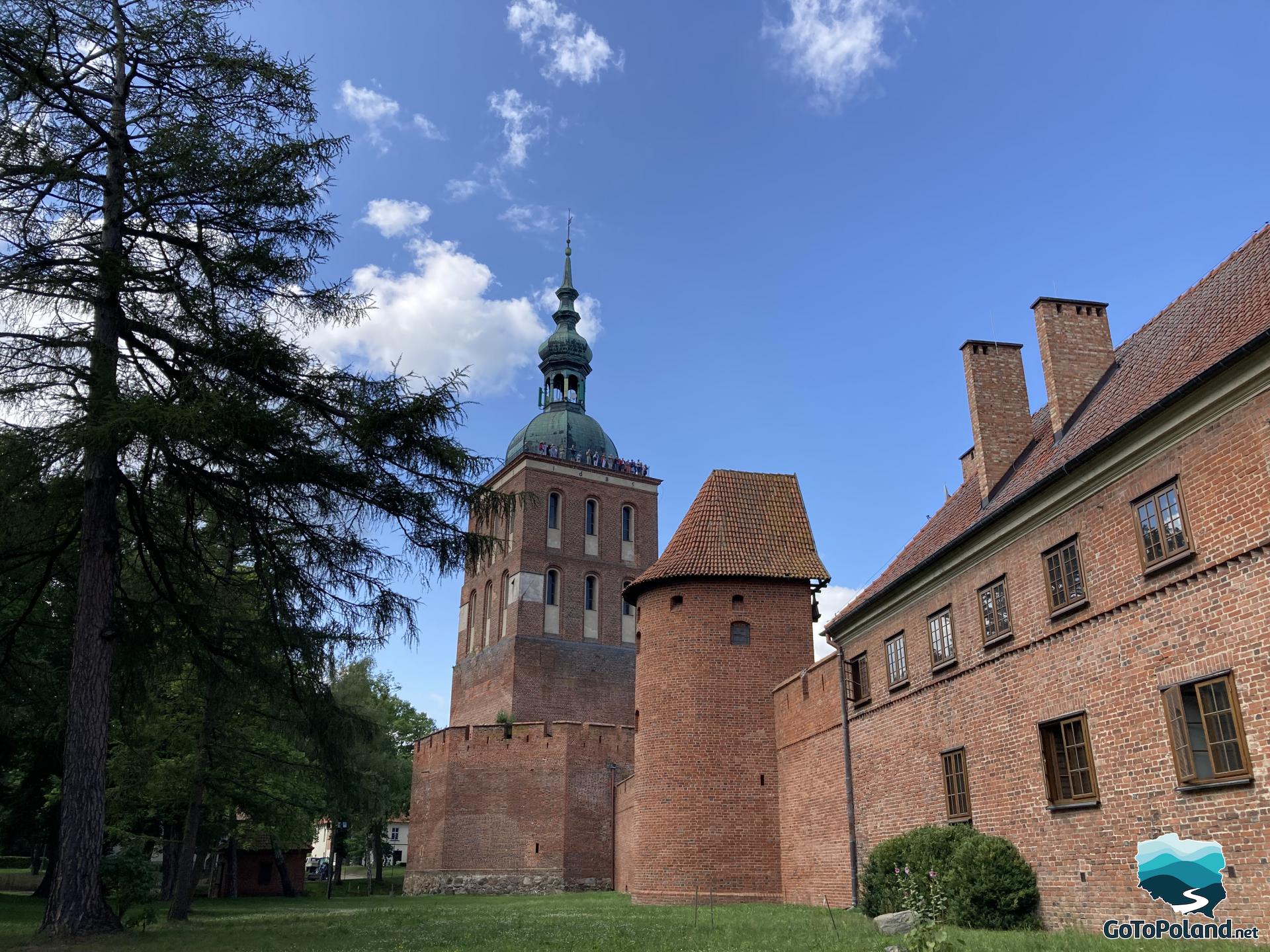
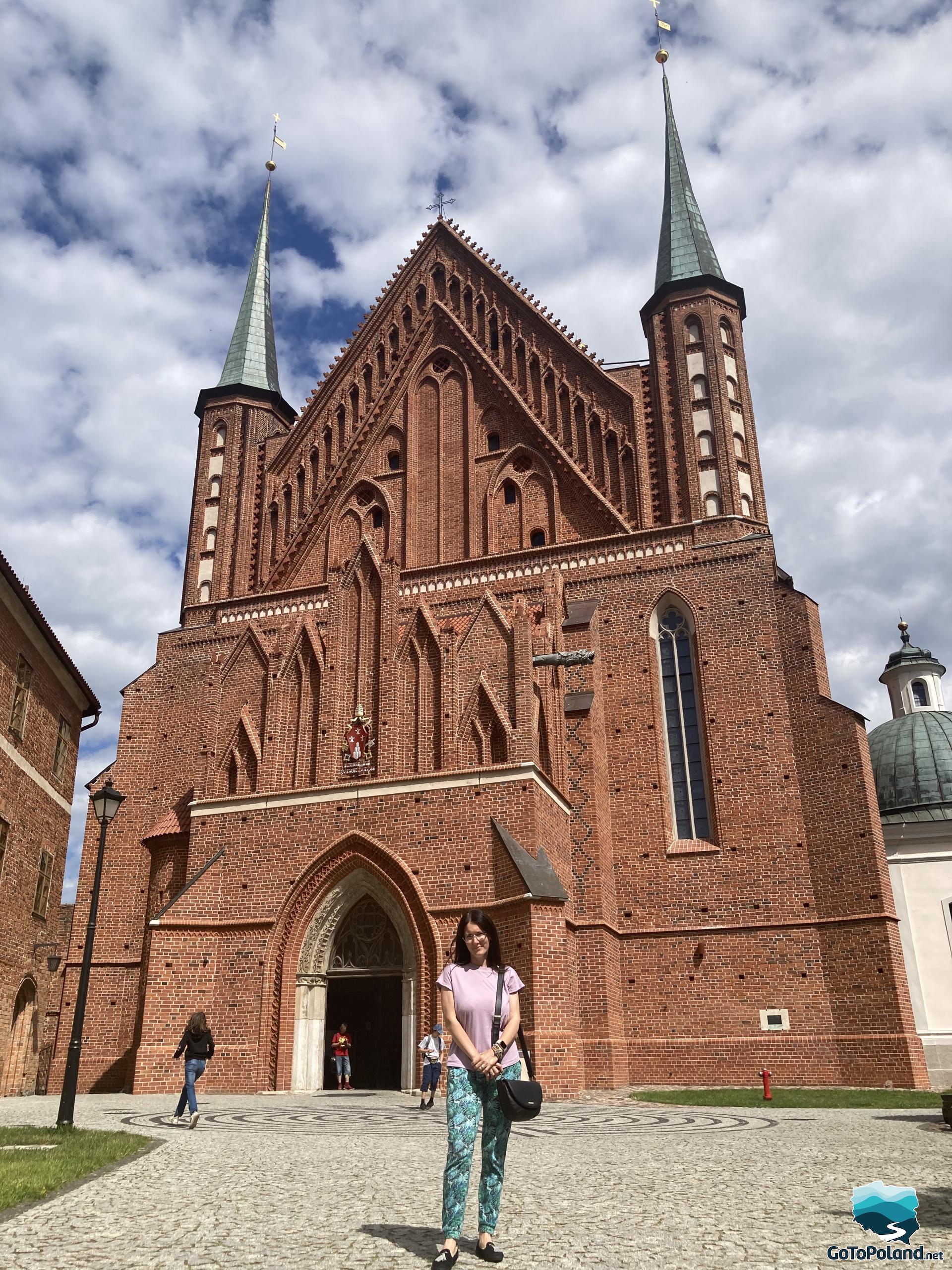
The cathedral is a Gothic church built between 1329 and 1388. Since 1994, the cathedral has been included in the list of monuments. The main altar dates back to the 18th century and is made of, among others, pink and black marble. Most of the decor comes from the period after the first Swedish invasion. Of the few surviving original furnishings, the most valuable is the former main altar - a late Gothic polyptych from 1504 (partly reconstructed) with a representation of the Virgin and Child in the central field. The church also has side altars (more than 20), two pulpits, a marble baptismal font and a valuable 17th-century organ prospectus. Also noteworthy is the rich ensemble of over a hundred tombstones and epitaph plates of the bishops and canons of Warmia.
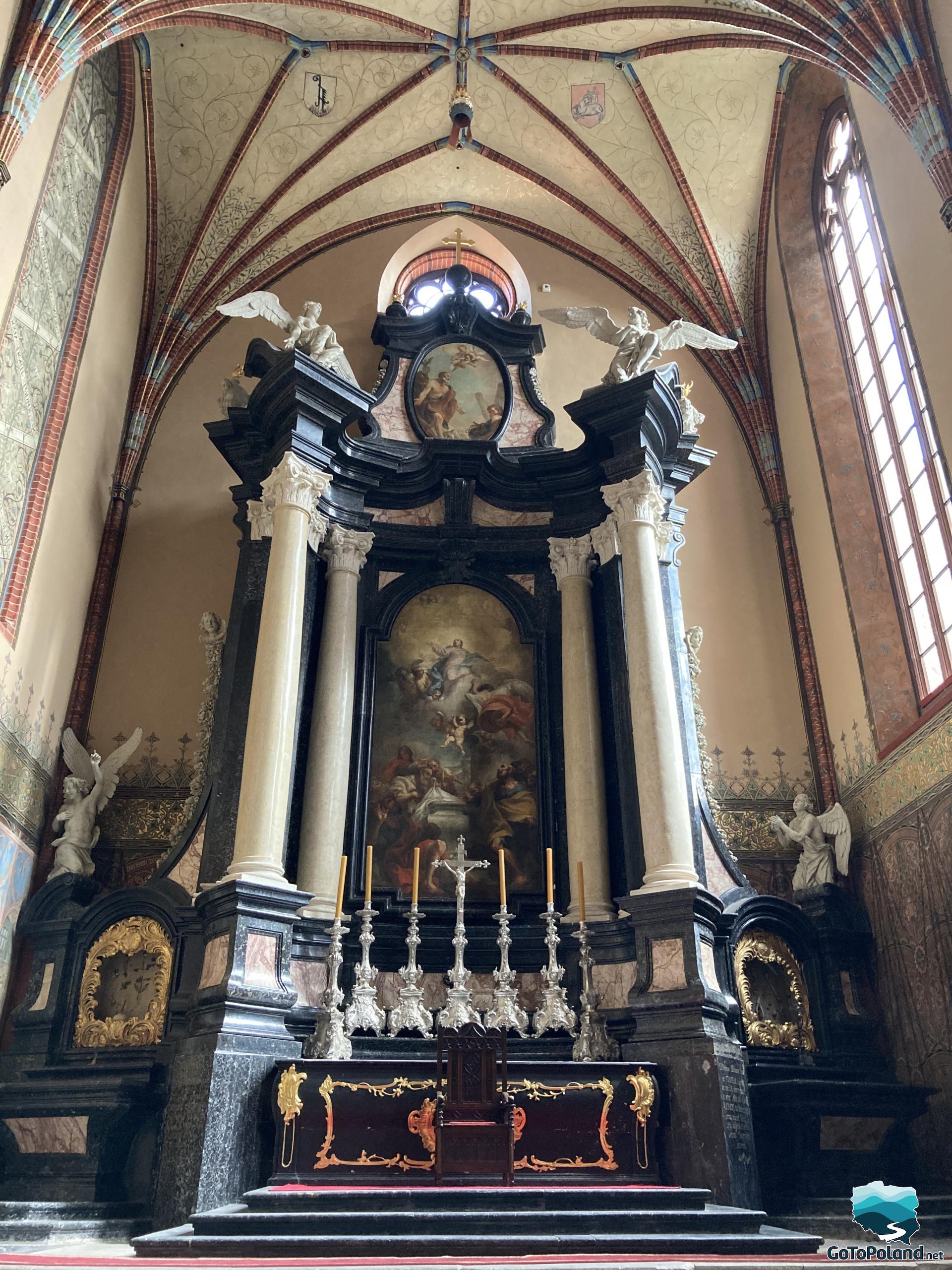 | 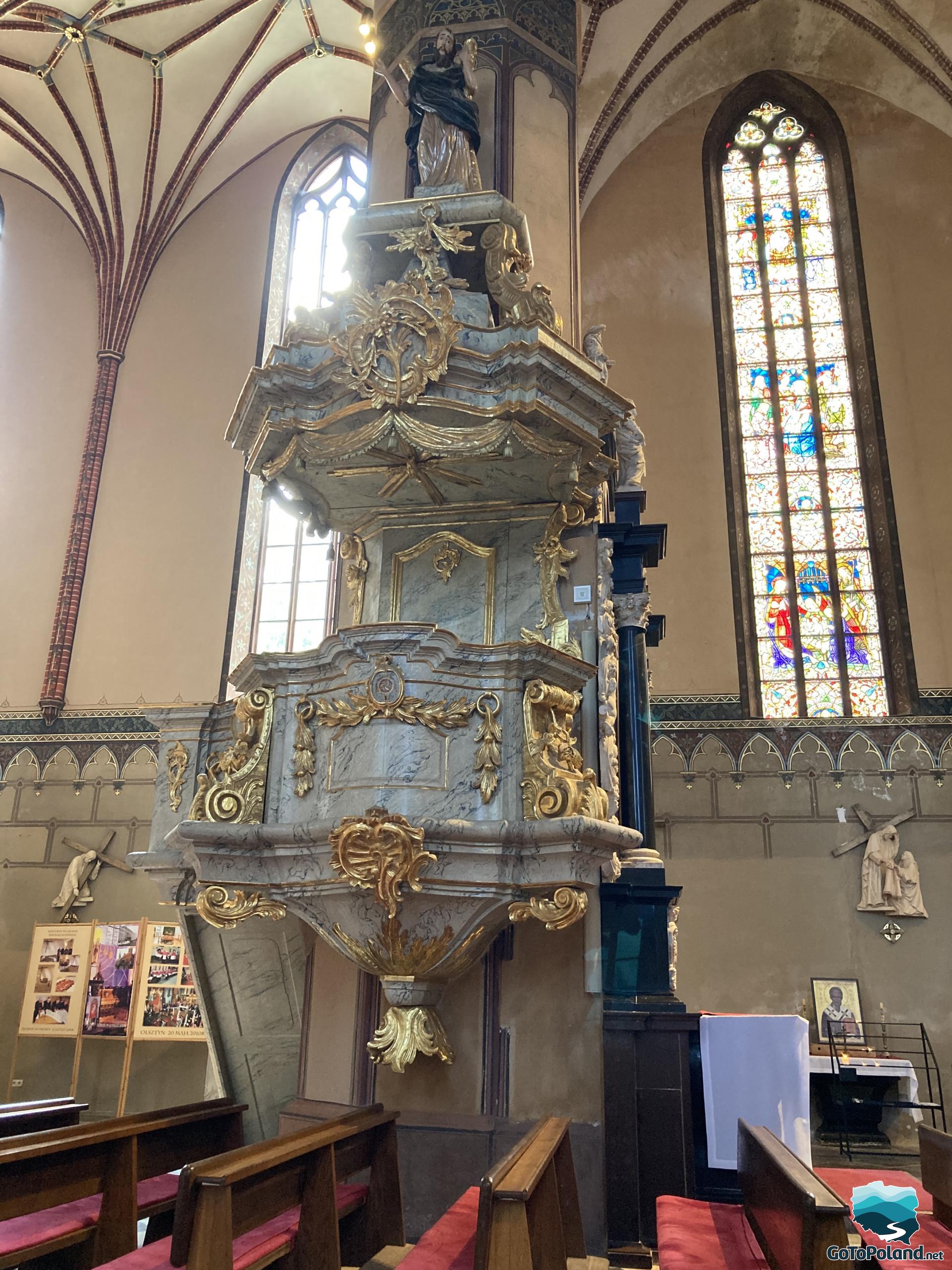 |
Richly decorated and carved stalls.
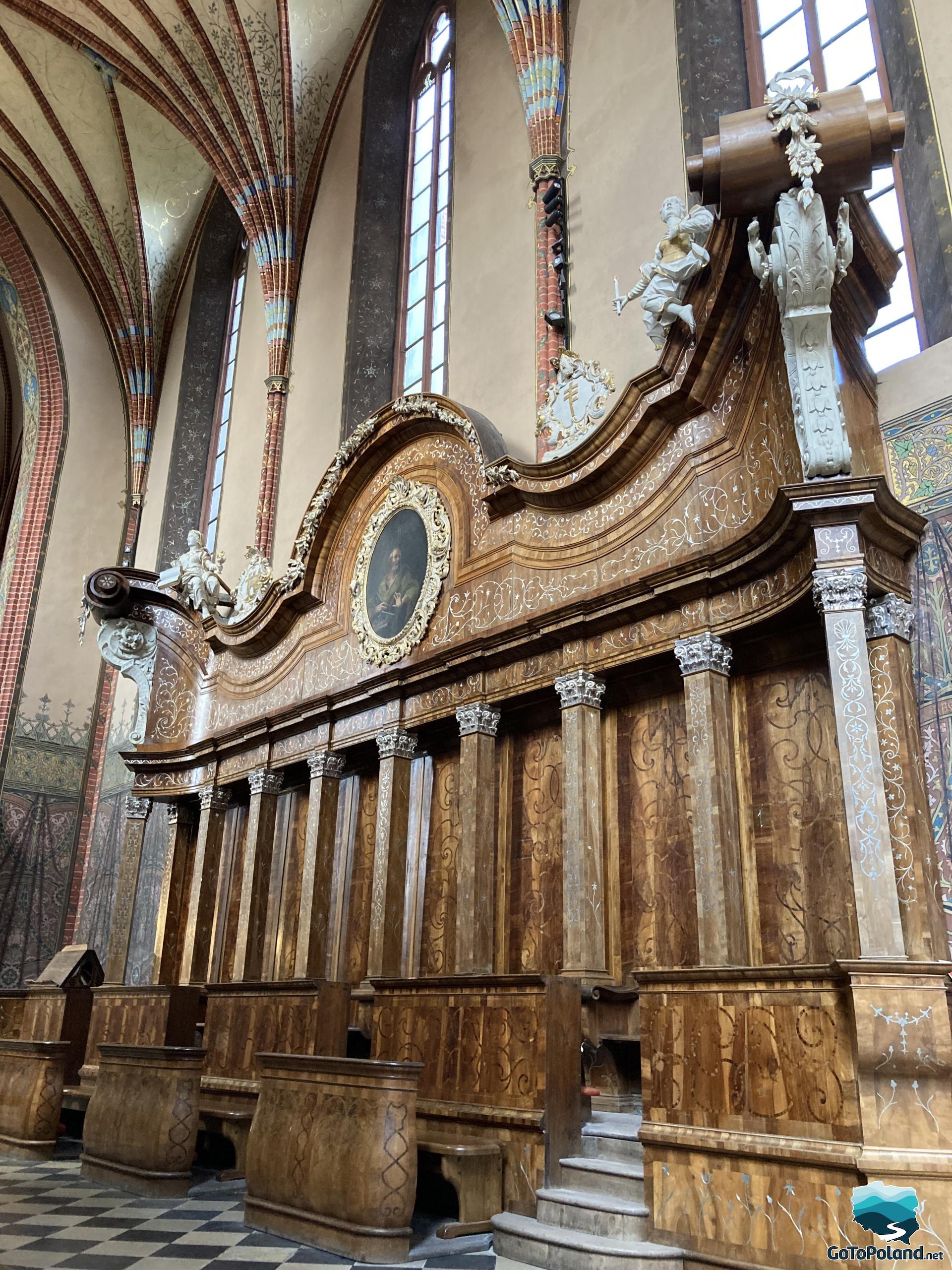
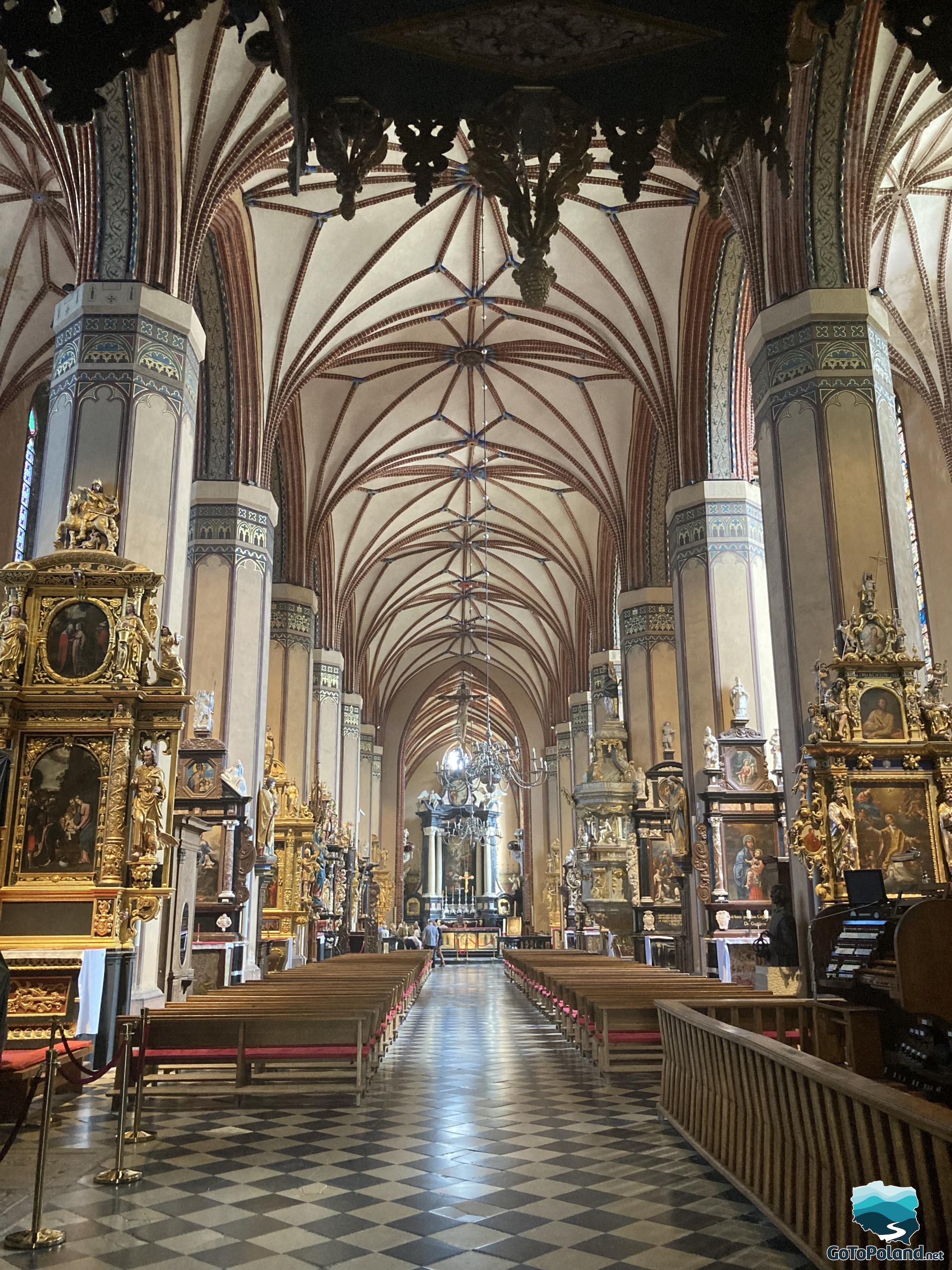
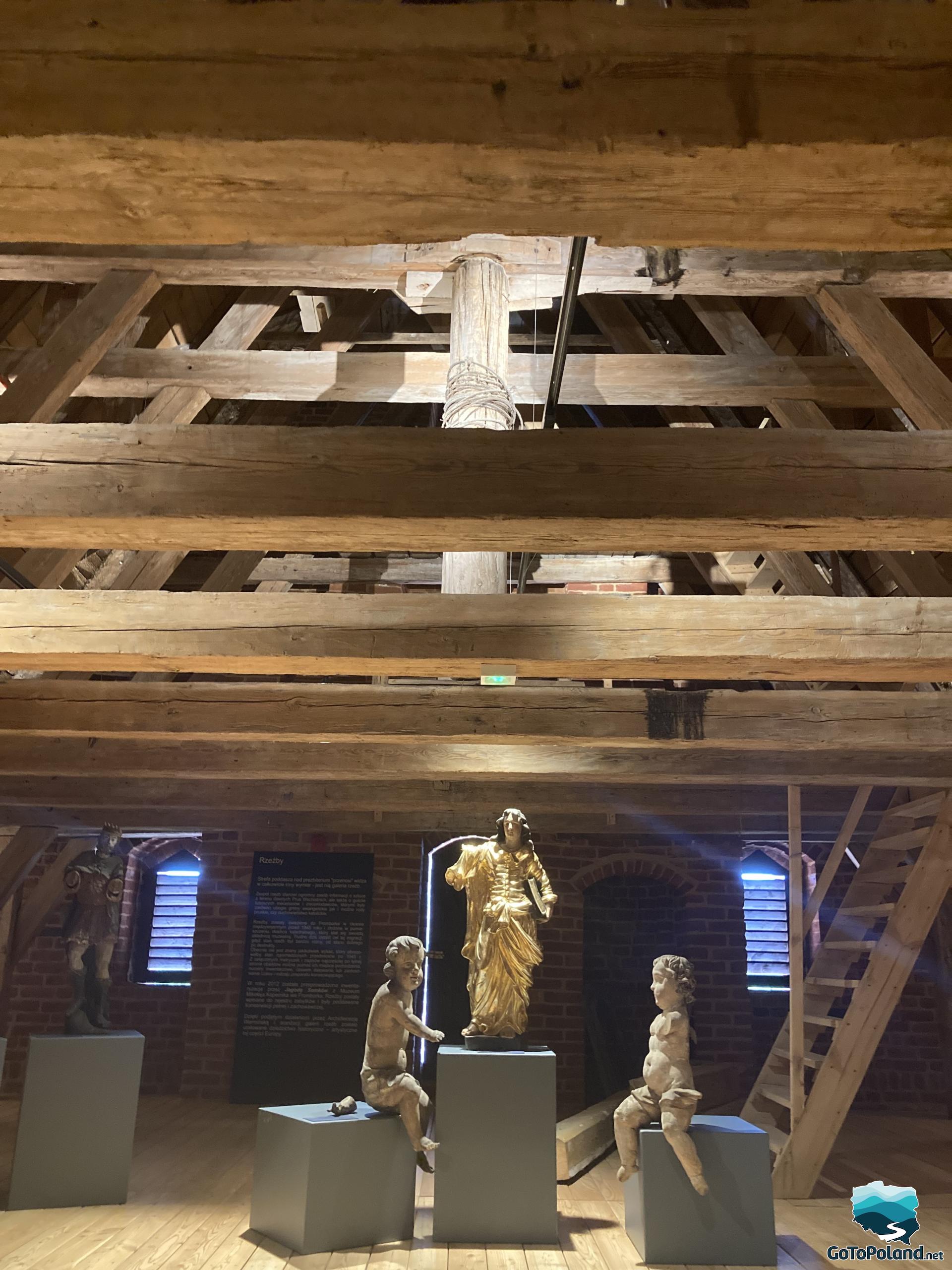 | 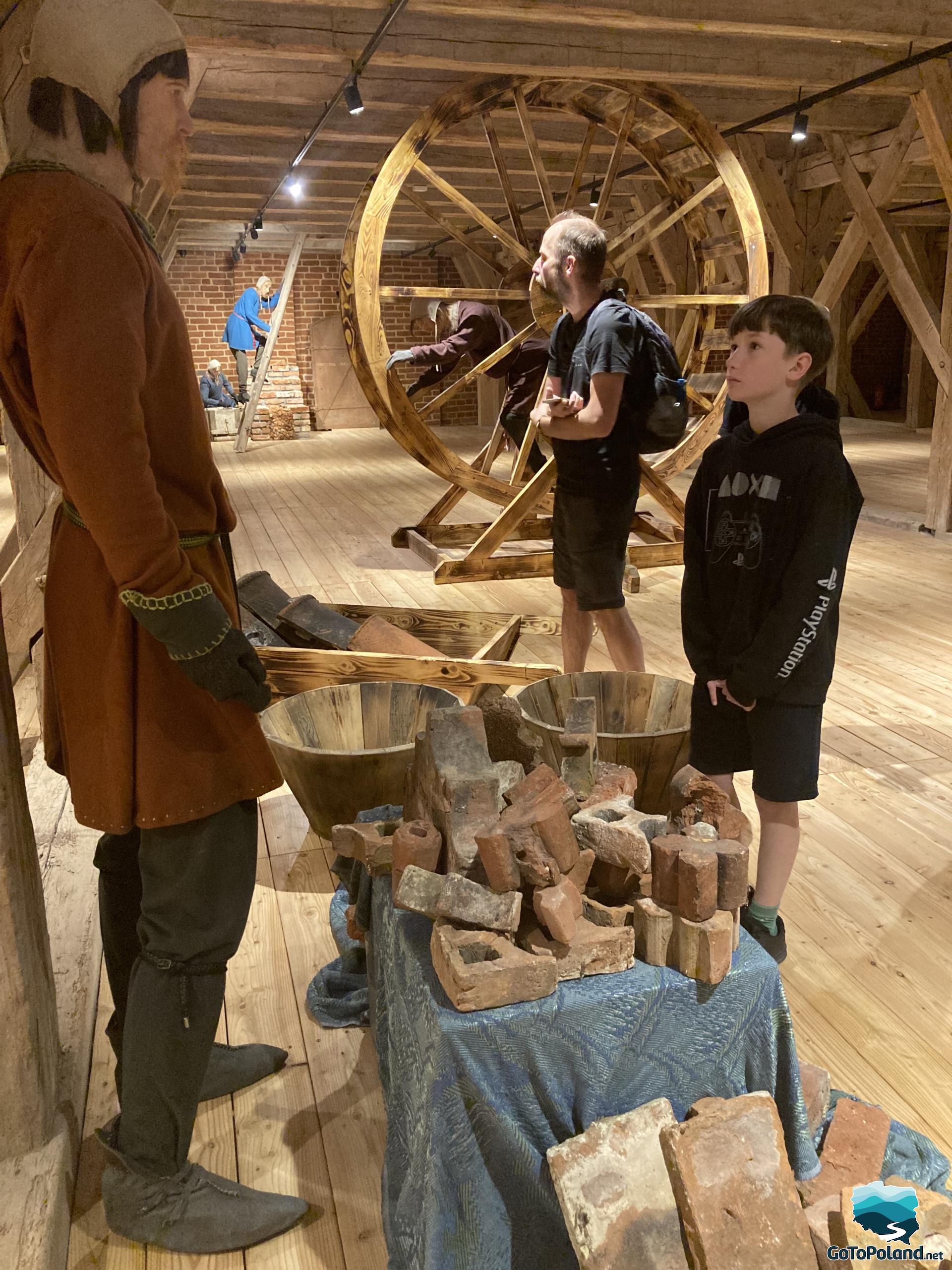 |
I really like this shot :)
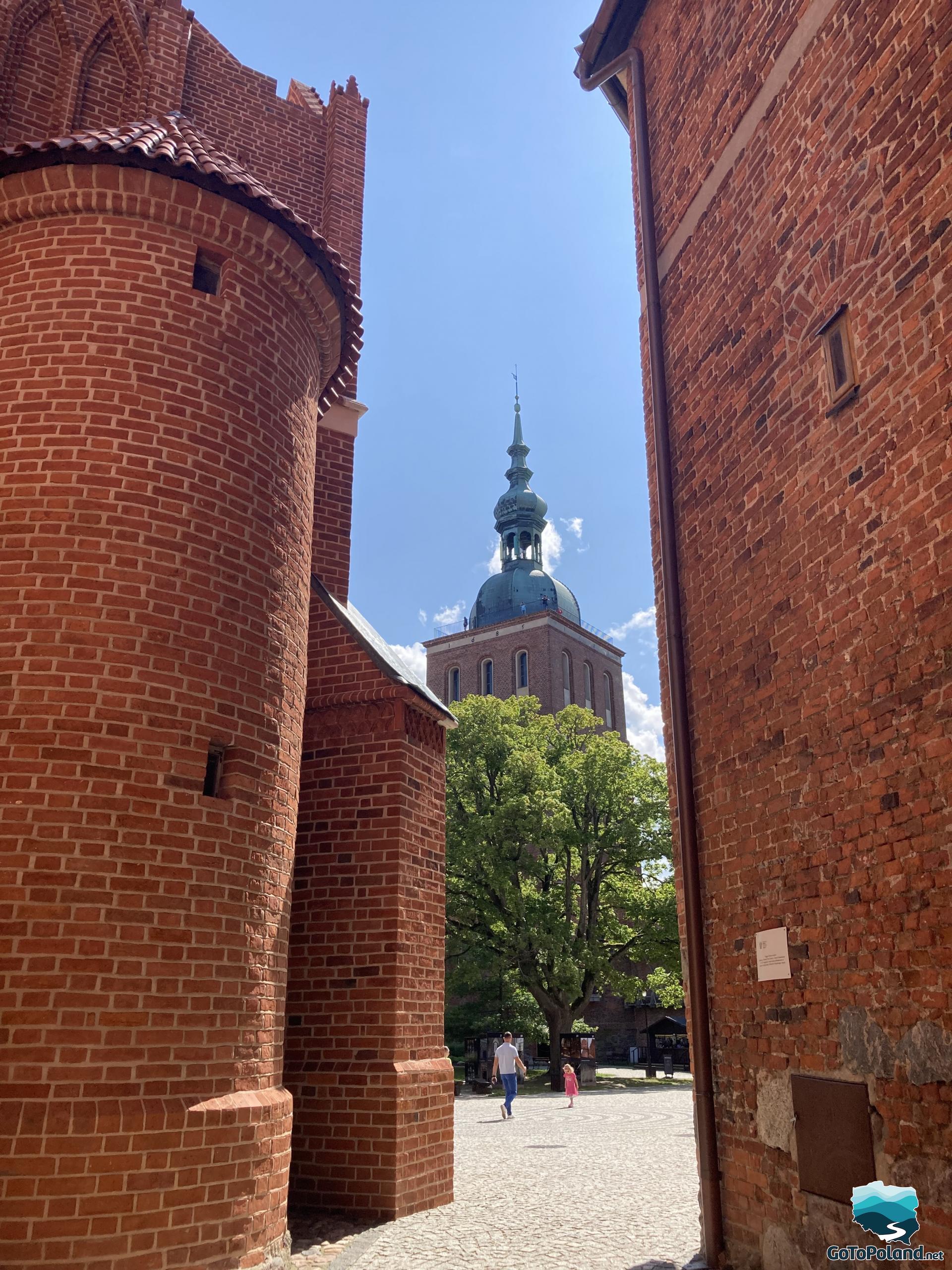
Inside the Radziejowski Tower we can admire Foucault's Pendulum.

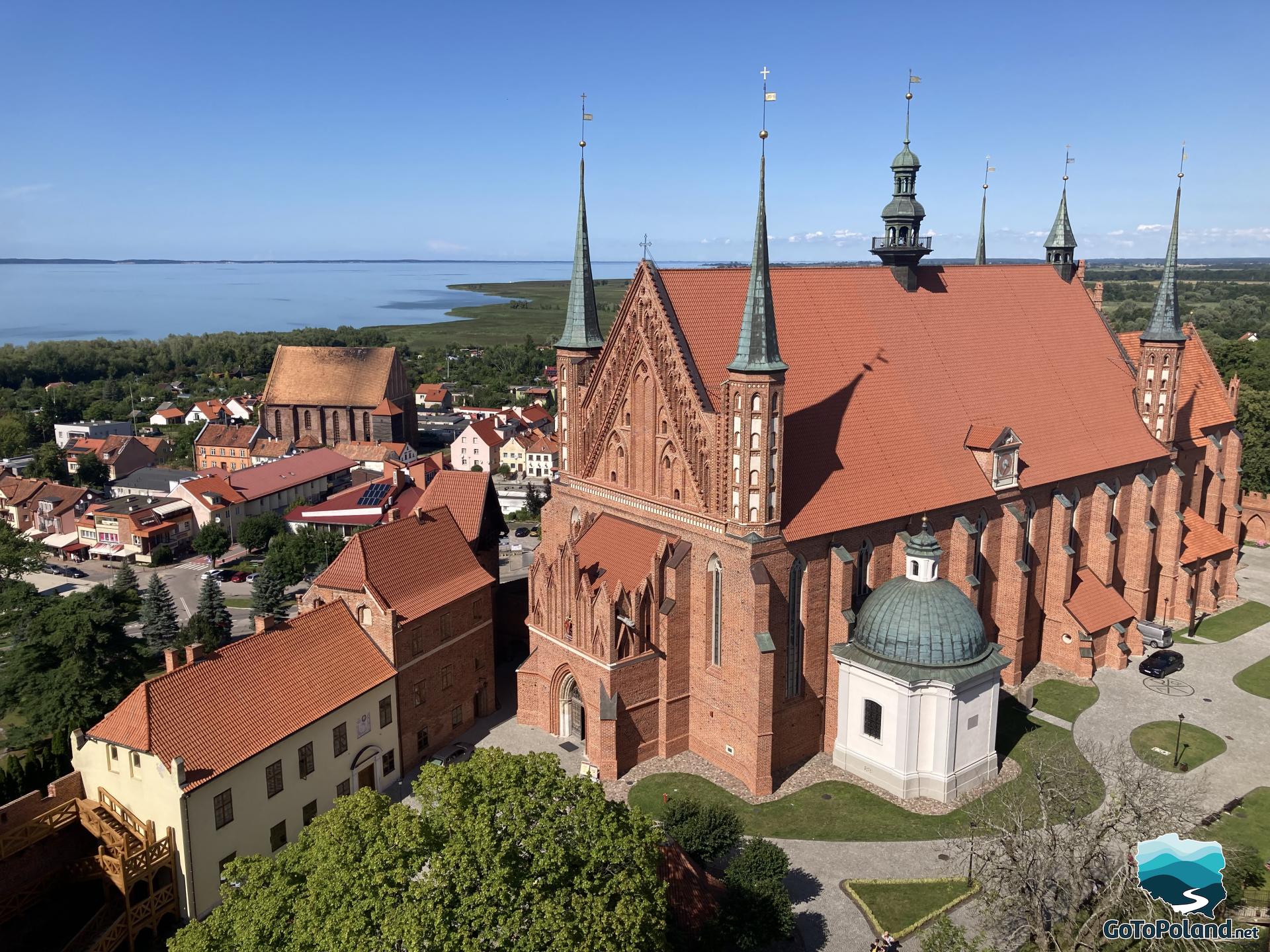
Frombork's history is strongly associated with Nicolaus Copernicus. Although the famous astronomer was born in Toruń, he spent almost 40 years in Frombork. A doctor and lawyer, he worked there as a canon of the Warmia Chapter. It was there that he wrote his most famous work “De revolutionibus orbium coelestium” and where he died in 1543. No wonder, then, that traces of Copernicus are almost everywhere: in the Cathedral, in the market square, at the foot of the Cathedral Hill and even by the town beach in the form of a mural :)

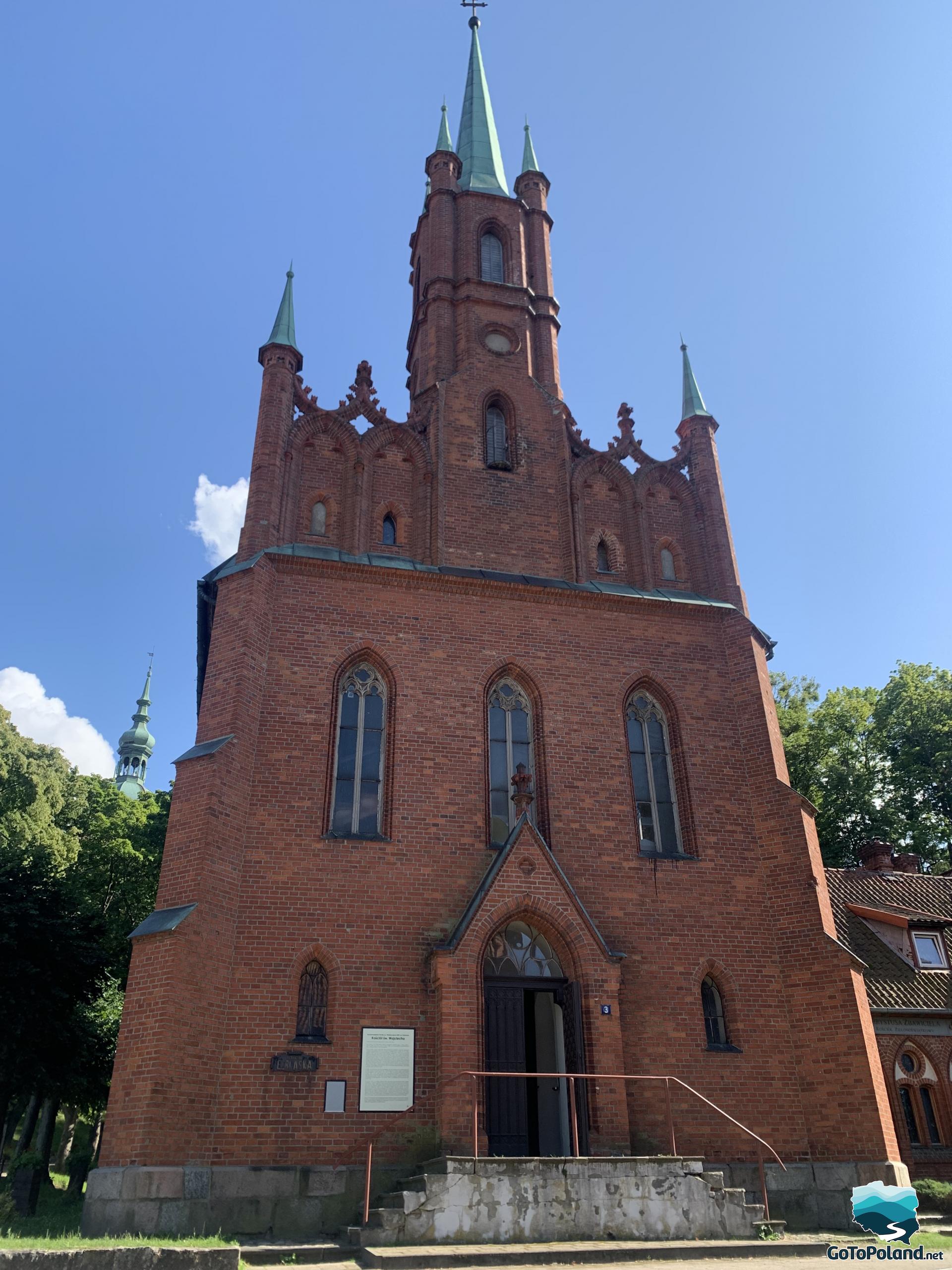
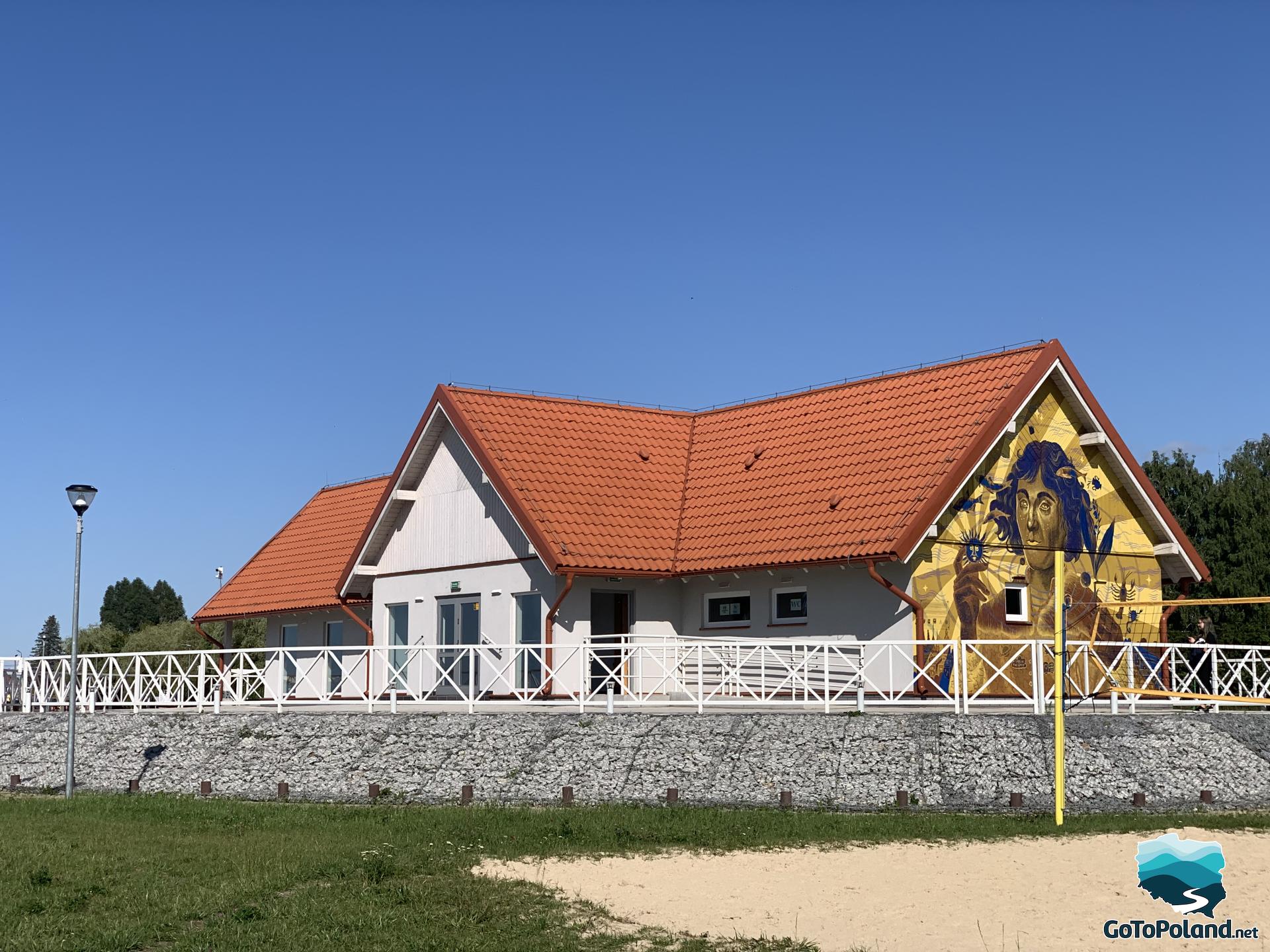
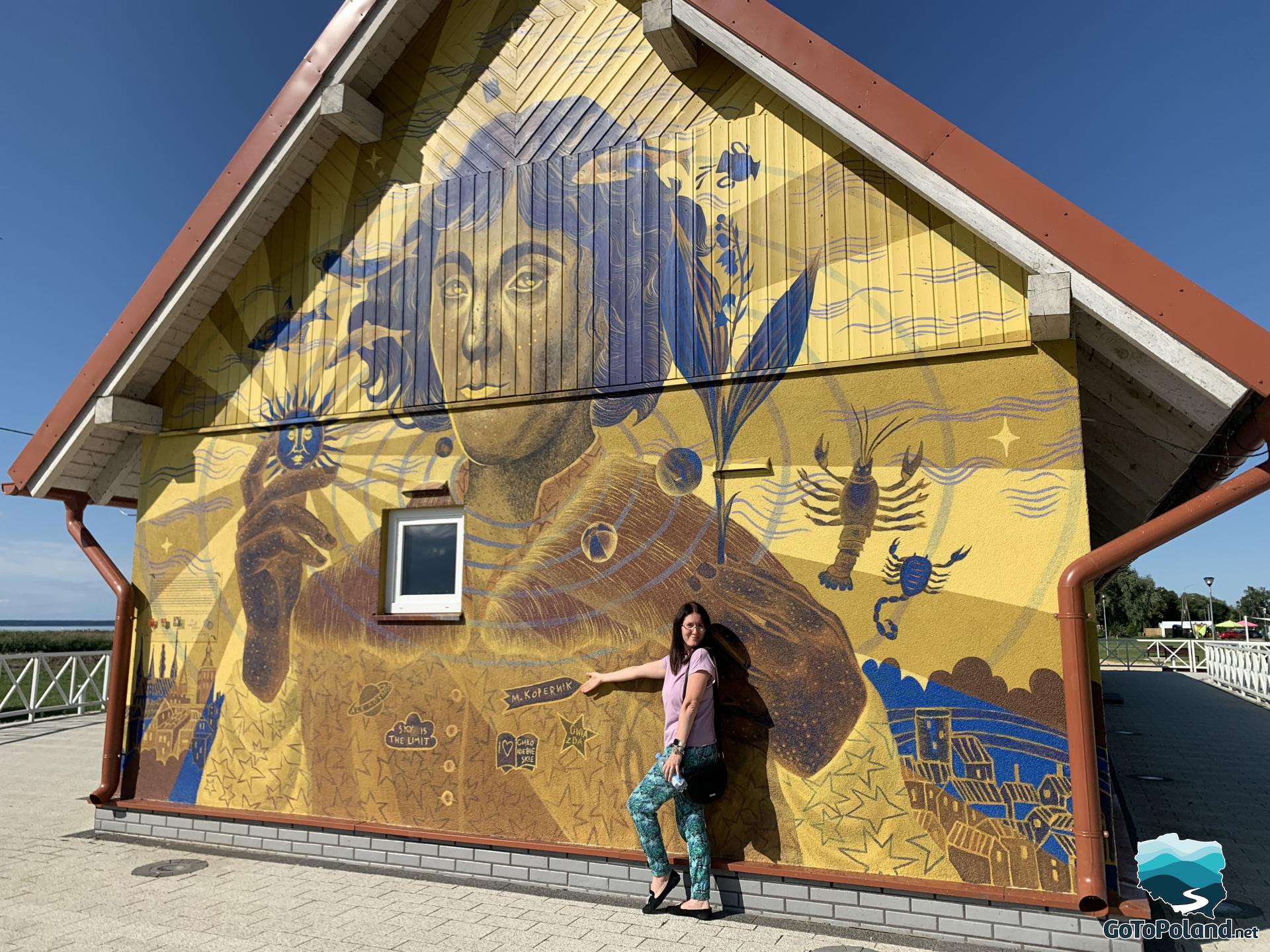
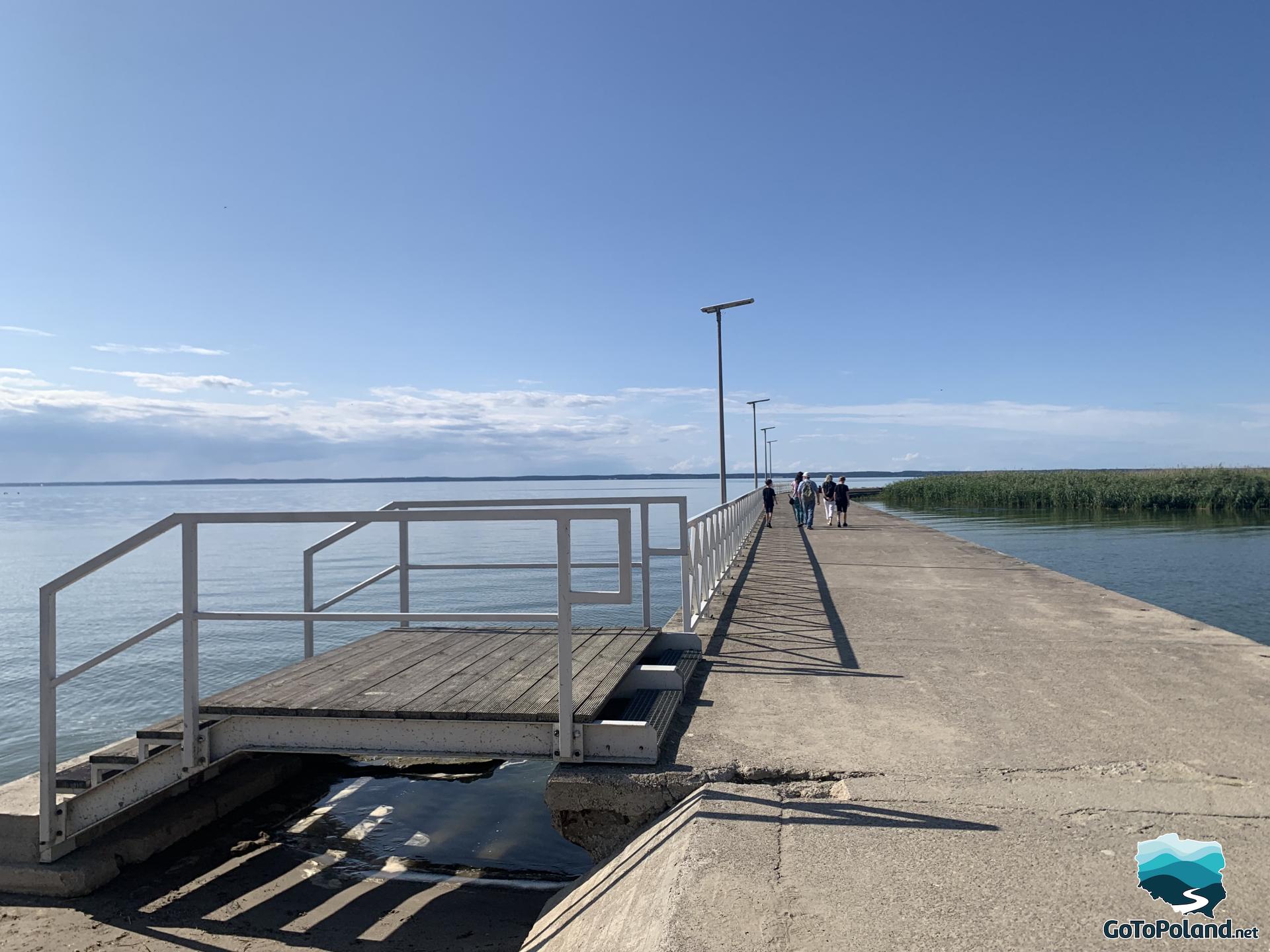
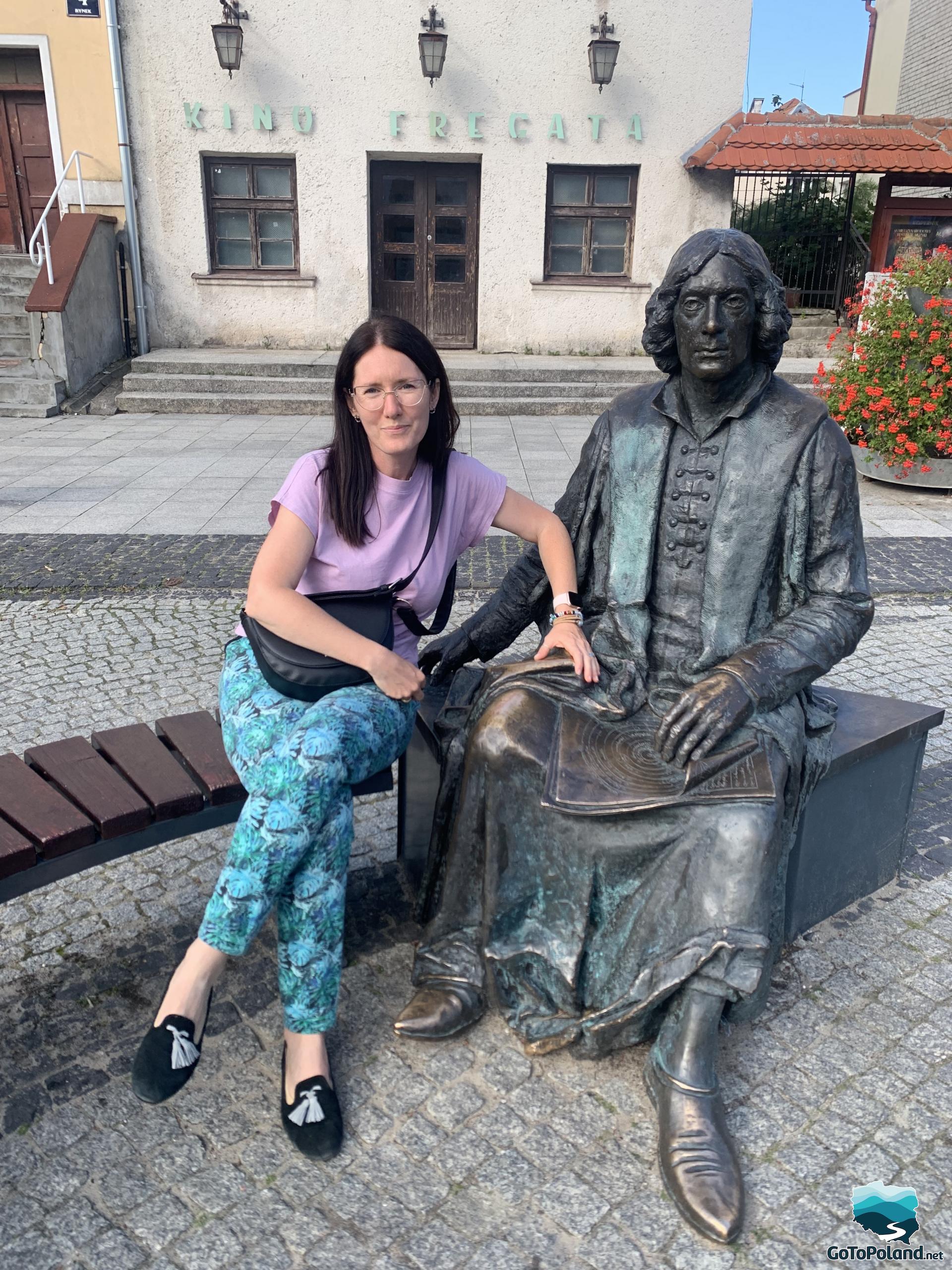
How to get to Frombork?

